Green school grounds? Naturally!


 Bert Lambrechts Commissioner for Nature and Education, province of Limburg
Foto: Luc Daelemans
Bert Lambrechts Commissioner for Nature and Education, province of Limburg
Foto: Luc Daelemans



 Bert Lambrechts Commissioner for Nature and Education, province of Limburg
Foto: Luc Daelemans
Bert Lambrechts Commissioner for Nature and Education, province of Limburg
Foto: Luc Daelemans
It is undeniable that walking, riding a bike or just unwinding in nature recharges our batteries. We realise, again and again, how beneficial a healthy, green environment is. Mens sana in corpore sano: a healthy mind in a healthy body. This is something to incorporate from a young age. Learning and playing in and with nature is fundamental for a healthy development.
Hence, the importance of school greening. The future of that healthy, green environment lies in the hands of our children. By engaging them daily with nature, their environmental awareness will grow.
I’m very proud to see so many (international) guests participating in the conference “The natural way forward. Green school grounds for everyone”. This conference demonstrates that there is a future for green school grounds. In Limburg, in Europe and worldwide.
This booklet is filled with examples from schools located in Limburg. May it be an inspiration and a nice souvenir of your participation in the conference. Flick through and enjoy.
Bert Lambrechts Commissioner for Nature and EducationPS. Go to page 95 to see how you can contribute to this new normal. You’re in, right?
greening (noun) = the process of making somewhere greener by planting grass, trees, and plants there
 Prof. Ph.D. Ferre Laevers Director of Expertise Center for Experience-Oriented Education, KU Leuven
Prof. Ph.D. Ferre Laevers Director of Expertise Center for Experience-Oriented Education, KU Leuven
School greening. The idea? One might think it’s about breaking up some paving slabs, planting some shrubs and trees and that’s it. This booklet aims to demonstrate there’s more to it.
Where should I begin? Perhaps at the profound impression that the greening of a space has on me. It’s about completely recreating a space; bringing in oxygen and giving a lifeless, stony piece of land back to nature so it can do what it does best.
It can’t but leave its mark. On you, me, and everyone else who sneaks into this renewed green territory. On everyone who gets to, once again, experience its wonder, triggered by the variation of life and uniqueness. A windy path, an old tree, a pond, twigs and branches, or a hill, every bit of it with its own biotope and diversity.
If closeness to reality is at the very top of your priority list, and if you want engagement, the greened environment is the closest you will get to the limit of what’s possible. All senses are spontaneously alerted; fascination leads to a deeper understanding of life forms, seasons and climate change.
Not a single domain of a child’s development remains untouched if you imagine the experiences they’ll have. For example, understanding living nature when building a hatchery for stag beetles, or walking through a vegetable garden, moving without limits, and even learning risk assessment when running down a play hill or when climbing an obstacle course. Green surroundings invite to unwind, to be in contact with oneself and to be mindful. There are endless opportunities for creativity and problem-solving, for example when a pile of natural materials are to be given a new purpose. Non-stop interactions, deploying social competences and language of deliberation, sharing experiences and insights, expression, shouting, screaming, it’s all possible here!
The greened school environment is a godsend for the teachers and the entire school team. You couldn’t wish for a more powerful partner to get pupils intrinsically motivated. Moreover, this sublime learning environment may reveal the children’s talents that might not shine through in an indoor classroom environment. This allows to get to know
the pupils differently, adjust your view and be even more meaningful to them.
It’s an environment where teachers find a renewed purpose. By sharing their own wonder, they support the pupils in their spontaneous quest. They provide the opportunities to gain a deeper understanding of nature and offer language to better understand and describe something so strong and beautiful. By having a caring and respectful attitude towards nature, a teacher has a huge influence on pupils’ basic attitude towards the natural world.
Later, when they are in charge and they have to make difficult decisions as global citizens, we have done (almost) everything to make the survival of the planet their priority.
Prof. Ph.D. Ferre Laevers
Director of Expertise Center for ExperienceOriented Education, KU Leuven
3, October 2023

Assisted by pupils and parents, this school is greening more than 1,000 square metres. The paving slabs of the playground will be used to build low walls, a seating pit and a play hill. The concrete playground has been replaced by no less than 133 native trees and shrubs.


Assisted by pupils and parents, this school is greening more than 1,000 square metres. The paving slabs of the playground will be used to build low walls, a seating pit and a play hill. The concrete playground has been replaced by no less than 133 native trees and shrubs.
Here you can see the metamorphosis after 2 years.

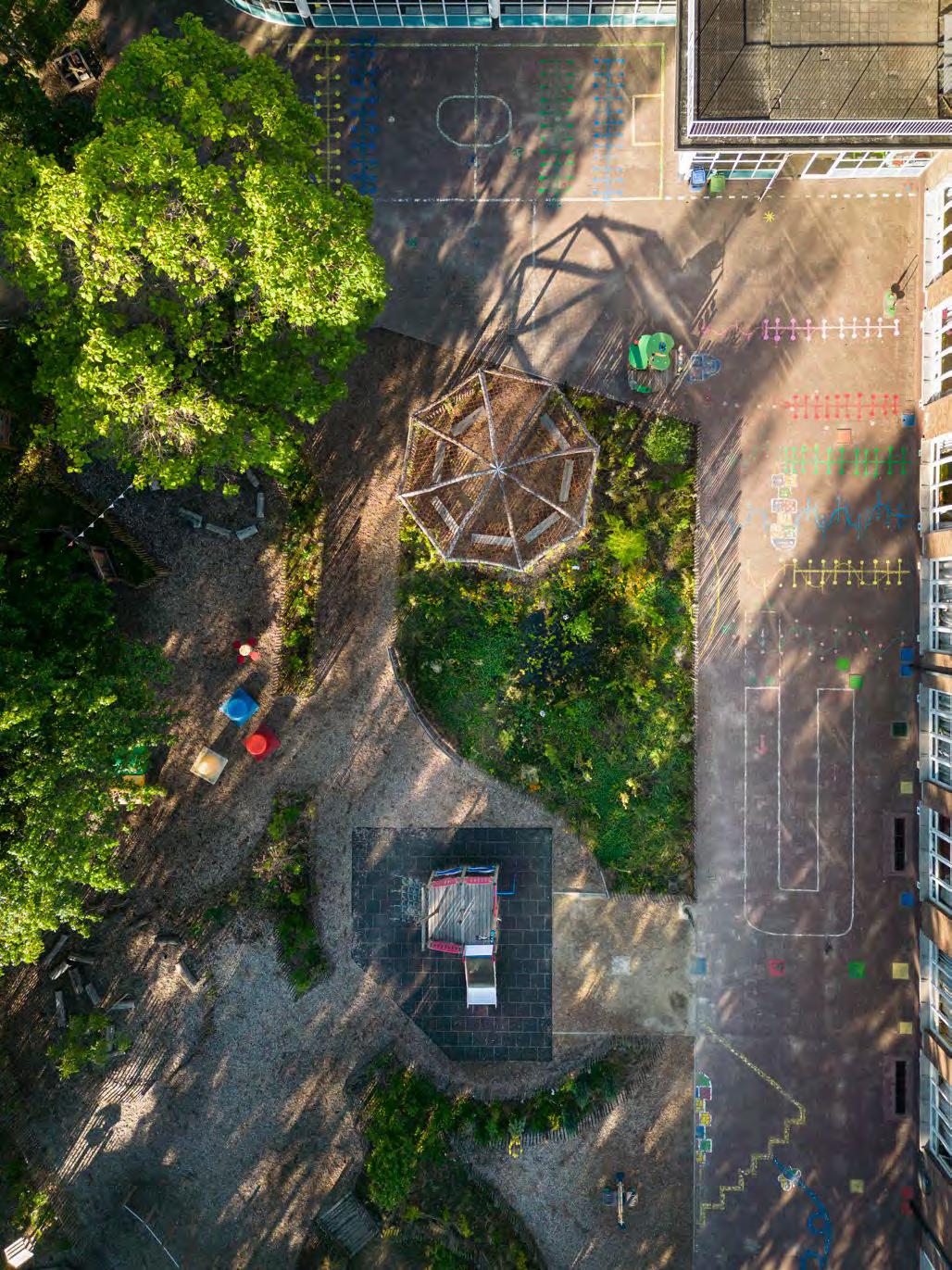 (Campus Mozaïek, Hasselt)
(Campus Mozaïek, Hasselt)
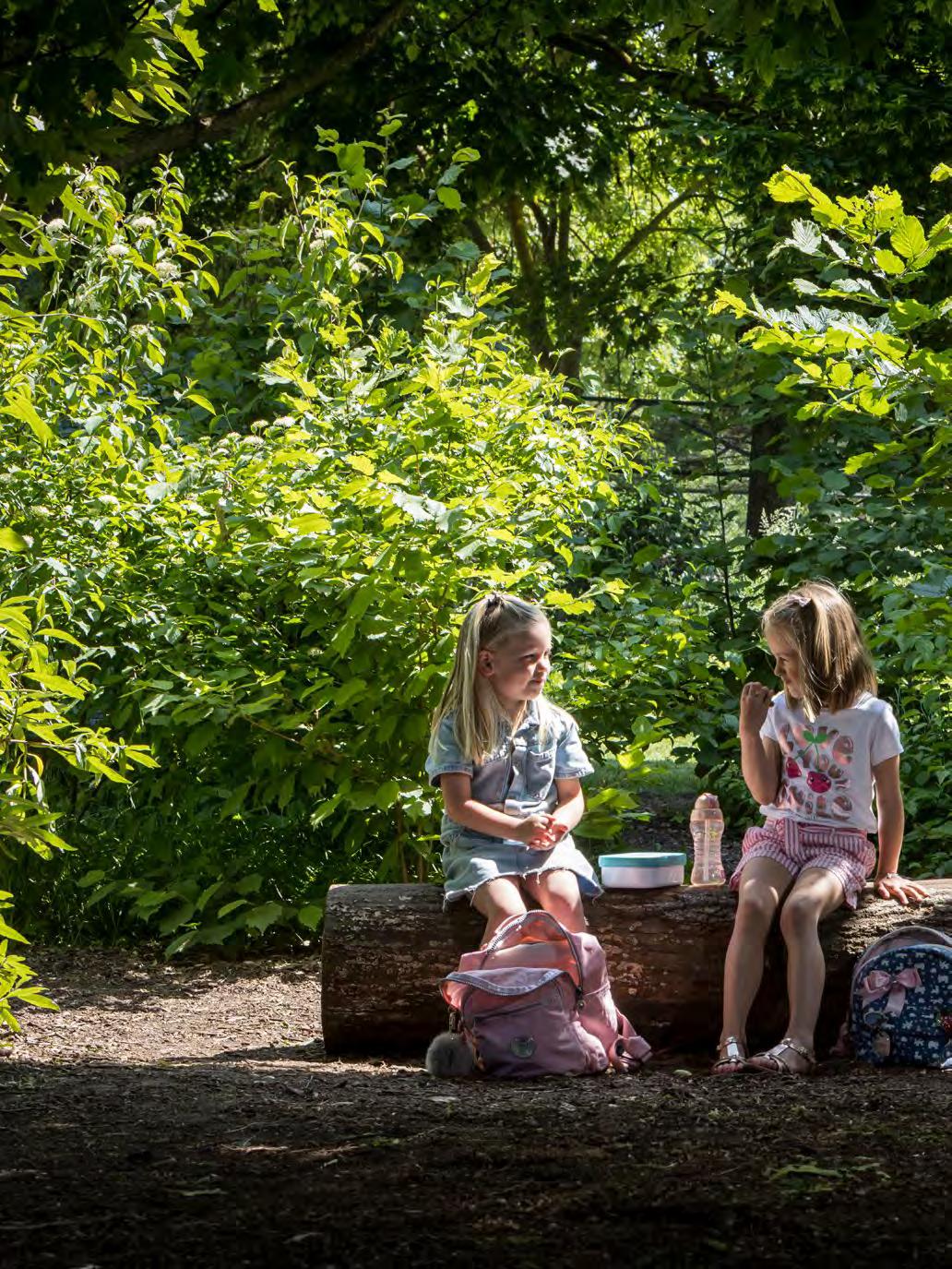 (Kindergarten De Robbert, Hamont-Achel)
(Kindergarten De Robbert, Hamont-Achel)

health (noun) = the condition of the body or mind and the degree to which it is free from illness, or the state of being well
Greenery brings calmness, which can be quite welcome on the school grounds. These natural hangout benches give young people the chance to socialise and unwind. In the middle of greenery, they find a place to relax, away from the noise and chaos of the school grounds. Would you like to increase the tranquility factor of the grassy area at your school? That can be achieved by planting shrubs and a flower meadow. (Special Needs School KIDS, Hasselt)

Green school grounds offer variety and play challenges. A natural climbing course with reclaimed, local and untreated wood is ecological and inexpensive. Children learn to assess risks better and become motorically stronger. This “green square” is also accessible to the neighbourhood and visitors to the local meeting house. (Het Opwermerke, Hoeselt)

The girls in the photo are building their camp with loose natural materials, and with united girl power of course. These building branches don’t only encourage construction talent and fantasy, they also encourage social play, and provide opportunities to collectively use their imagination. (Catholic Primary School Boxbergheide, Genk)

“As a school that offers special education, we greened our school grounds very consciously for our pupils: there is less bullying behaviour and our pupils find the peace and quiet they sometimes really need on our school grounds.” (Tom Tessens (middle), teacher Special Needs School KIDS, Hasselt)

‘Children these days have too much screen time and are sitting down too much’, is a complaint often heard. On green school grounds, however, children move a lot more. The photo below shows toddlers racing around a running track that covers the entire school grounds. It takes them through shrubs and flower meadows. Greenery stimulates movement and ensures renewed attention in the classroom, all combined with a lot of natural light and fresh air . (Kindergarten De Robbert, Hamont-Achel)
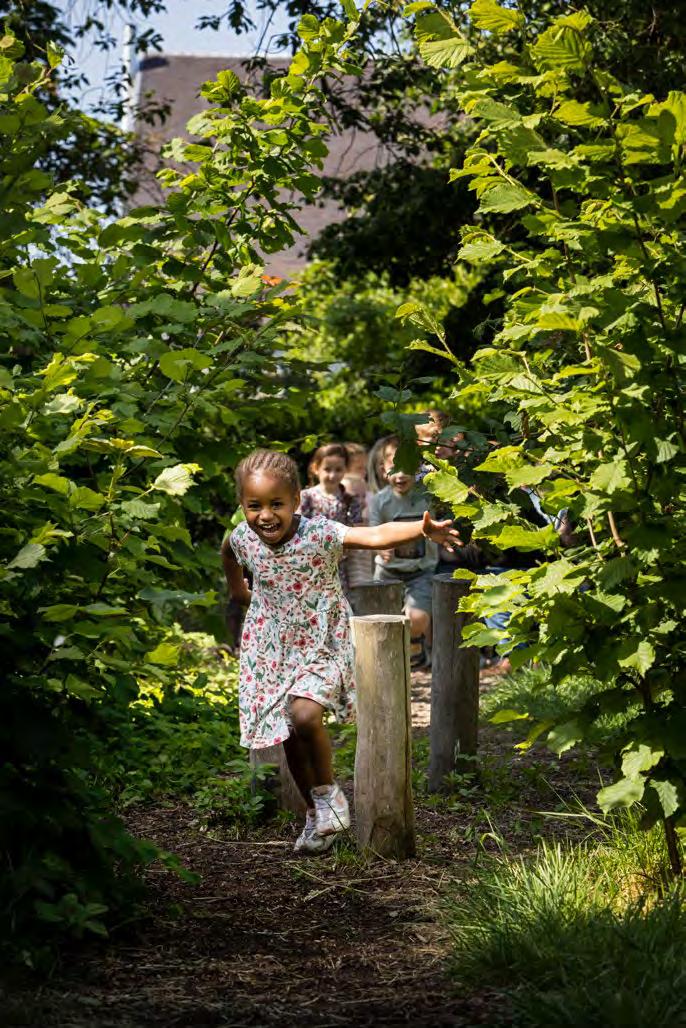
Refuelling outside. Relaxing in green spaces has a positive effect on mental health, even in ‘bad weather’. This photo below shows a school which uses a flag system to inform its pupils when it is safe to put on their wellies and go play outside in the rain. (Jeugdland, Tongeren)
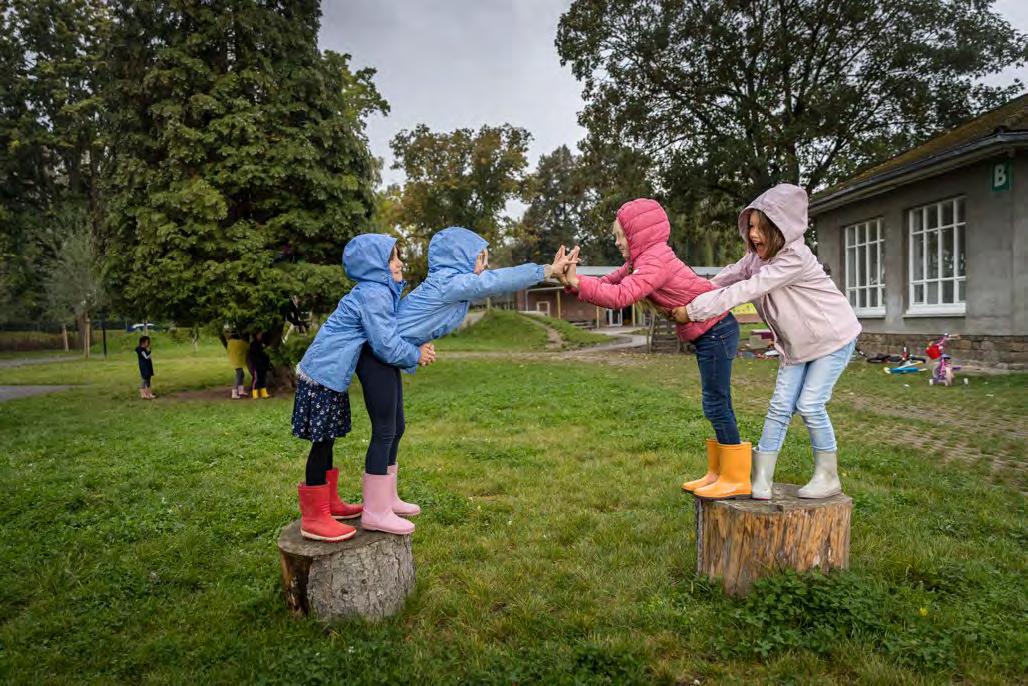
What is more fun than playing with water? Collected rain- or groundwater can be used for water play and to care for plants. Garden volunteers made these water gutters out of tree trunks. The play water is not wasted here because at the end of the cascade, it flows into the willow hut. (Kindergarten De Robbert, Hamont-Achel)
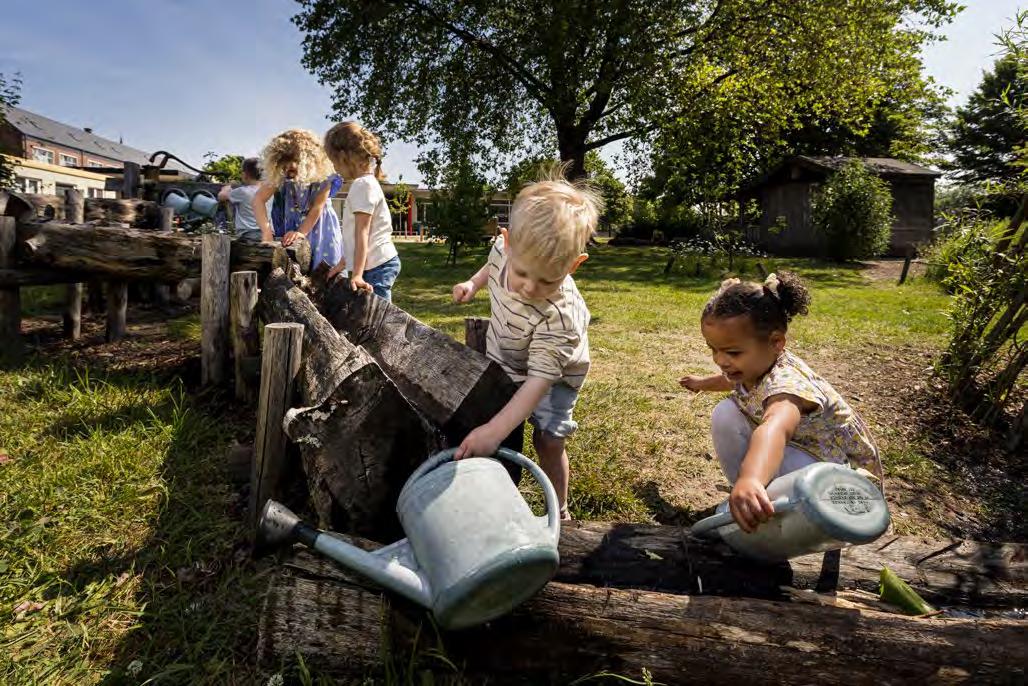
A play hill accommodates a lot of extra space and offers play challenges. Combine a tunnel and challenging walkways with seating areas and create planted areas in the hill’s lee. Deep-rooted planting and defined walkways prevent play erosion. (Freinet School De Mijlpaal, Tongeren)

“After our greening, we immediately saw fewer conflicts on the school grounds. There are just a lot more play opportunities. Also, supervision is more fun for the teachers now.” (Elly Maris, principal Kindergarten PAleiS, Diepenbeek)

From ornamental greenery to playground nature: bring the greenery as close as possible to the playing pupils. Let them glide among the flowers so that the connection grows with what is blooming, tickling, fluttering and humming. Give them contact with nature and let them play freely and riskily. That’s when they learn the most. (Kindergarten De Robbert, Hamont-Achel)

Children can play endlessly creatively and imaginatively with just some sand, sticks, pebbles and other loose natural materials. It doesn’t always have to be difficult or expensive. (Method School Ondersteboven, Leopoldsburg)
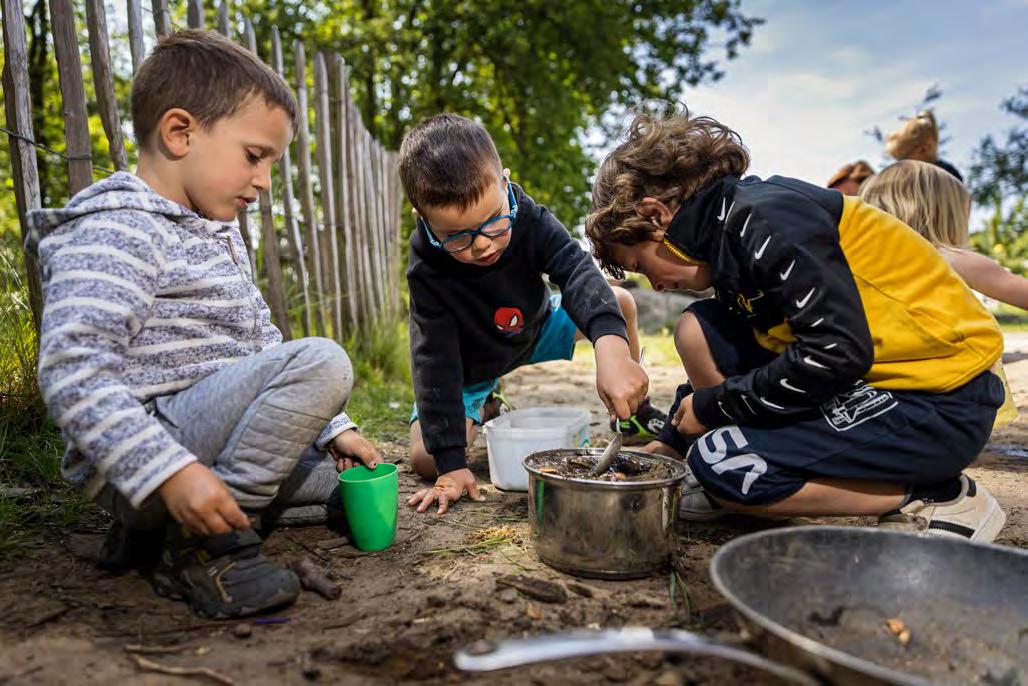
“At our school we have a chill area reserved for pupils of the final year of primary school. That was really something to look forward to. We can decorate it and use it as we like.”
(Feelien, Rebecca, Maxim en Nate (left to right), pupils Freinet School De Mijlpaal, Tongeren)

“Scientific
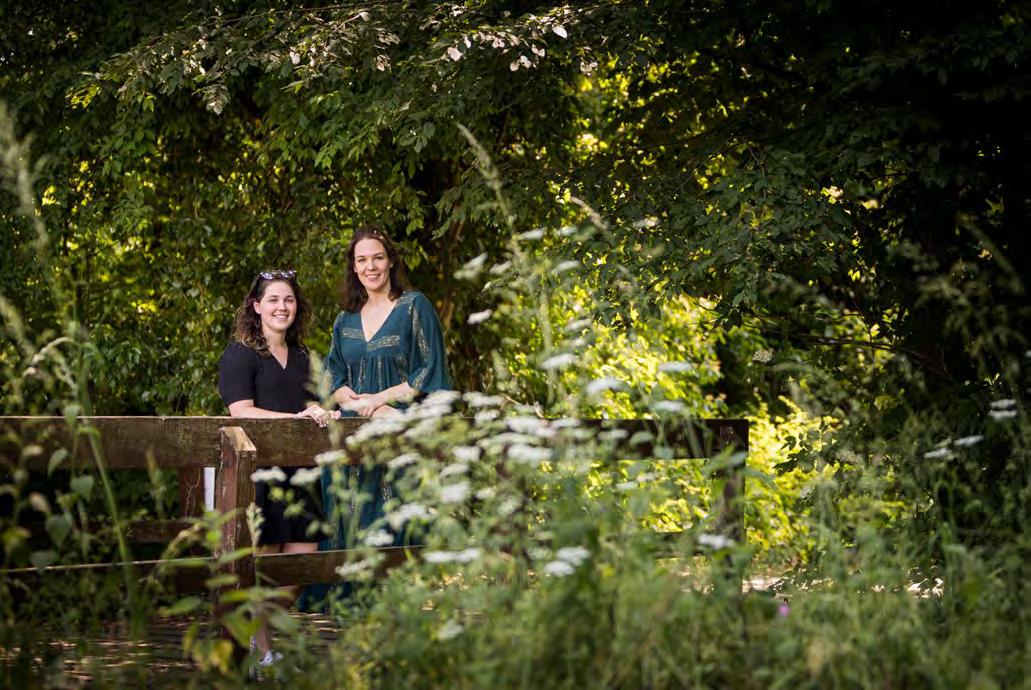 Lore Verheyen (left) and Prof Ph.D. Michelle Plusquin, UHasselt
Lore Verheyen (left) and Prof Ph.D. Michelle Plusquin, UHasselt
Lore Verheyen, Ph.D. student at UHasselt, and her supervisor Prof. Ph.D. Michelle Plusquin are mapping the effects of school greening. Packed with pen and paper and a research mind, they take a close look at the health and well-being of children in greening schools.
Armed with science-based figures, the two ladies are particularly knowledgeable about the impact a green environment has on the brain. “Children’s cognitive development improves when they can romp around in a green playground,” they explain. “In addition, research has shown that their attention span is renewed when they spend time in nature. We also see a significant increase in working memory. Their bodies benefit at least as much, if not more, from a break in nature, as from a break elsewhere. After all, greenery promotes physical activity and the filtered air is a godsend for the lungs.”
In addition to cognitive and physical benefits, literature highlights the psychological effect of greening. “A large-scale Danish study - conducted on one million pupils - shows that the presence of greenery has a strong link with whether or not psychological problems occur. The earlier children experience contact with nature, the lower their risk of mental complaints. Speaking of which, did you know that your stress level drops depending on the time you spend outdoors? Researchers have measured this objectively via stress hormones. After just twenty minutes in nature, a drop in stress hormones is already noticeable. Moreover, we expect less bullying behaviour in greener schools. That too, obviously, has a positive impact on children’s emotional state.”
How to maximise those positive effects of greening? “Keep the 3-30-300 rule in mind,” Lore and Michelle advise. “Aim for views of at least 3 trees, 30% foliage and greenery - a park or forest - at a maximum distance of 300 metres. Large international cities use that rule as a target, but it is also a good rule of thumb for schools. With school greening, you create that green space nearby.” Bearing that in mind, the duo hopes policymakers will release more funding for school greening. “More students in more greening schools means we can draw scientifically stronger conclusions in research. These conclusions will inform the true cost analysis we are working on. Greening is an investment, but it definitely delivers!”
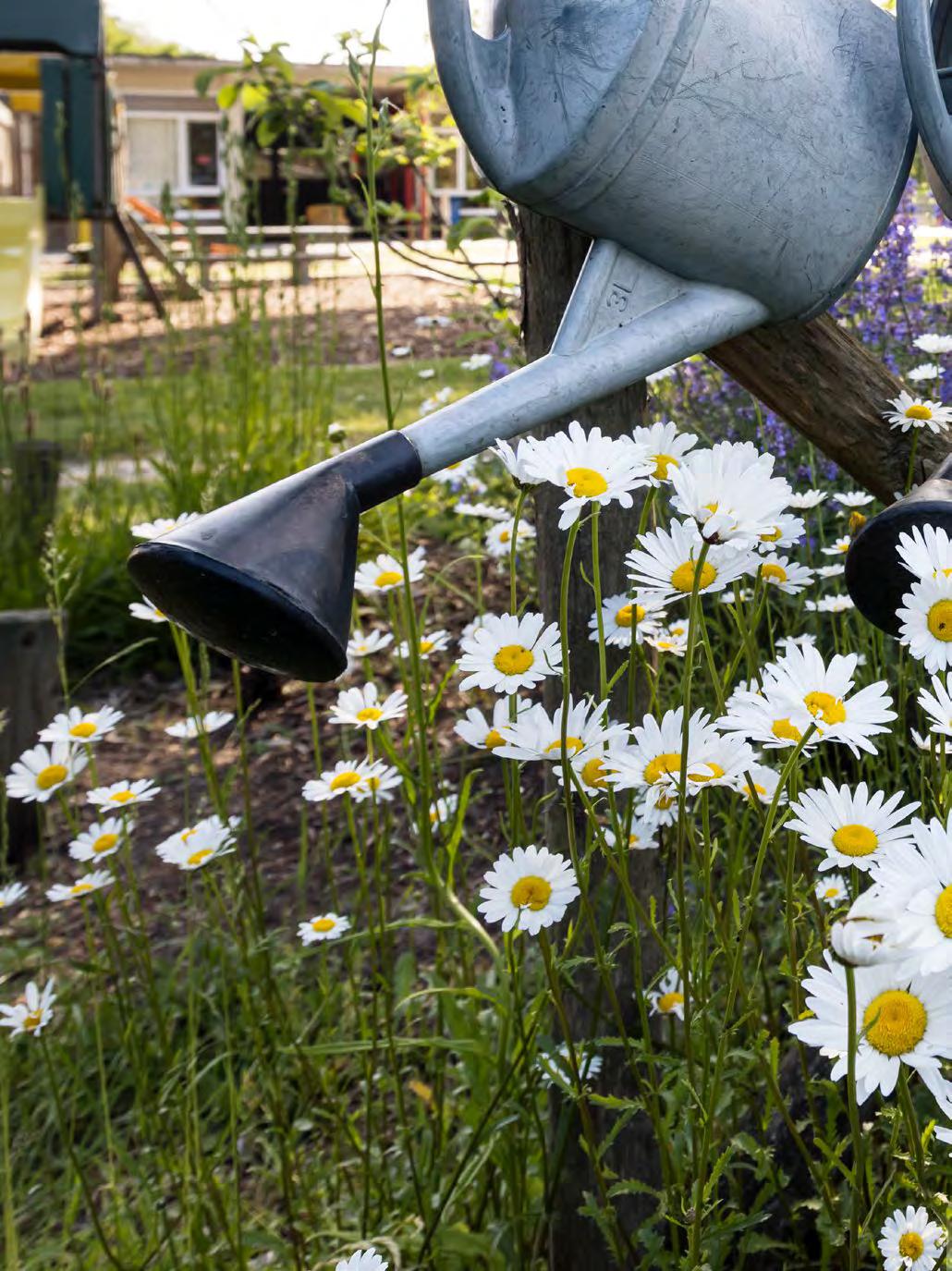 (Kindergarten De Robbert, Hamont-Achel)
(Kindergarten De Robbert, Hamont-Achel)
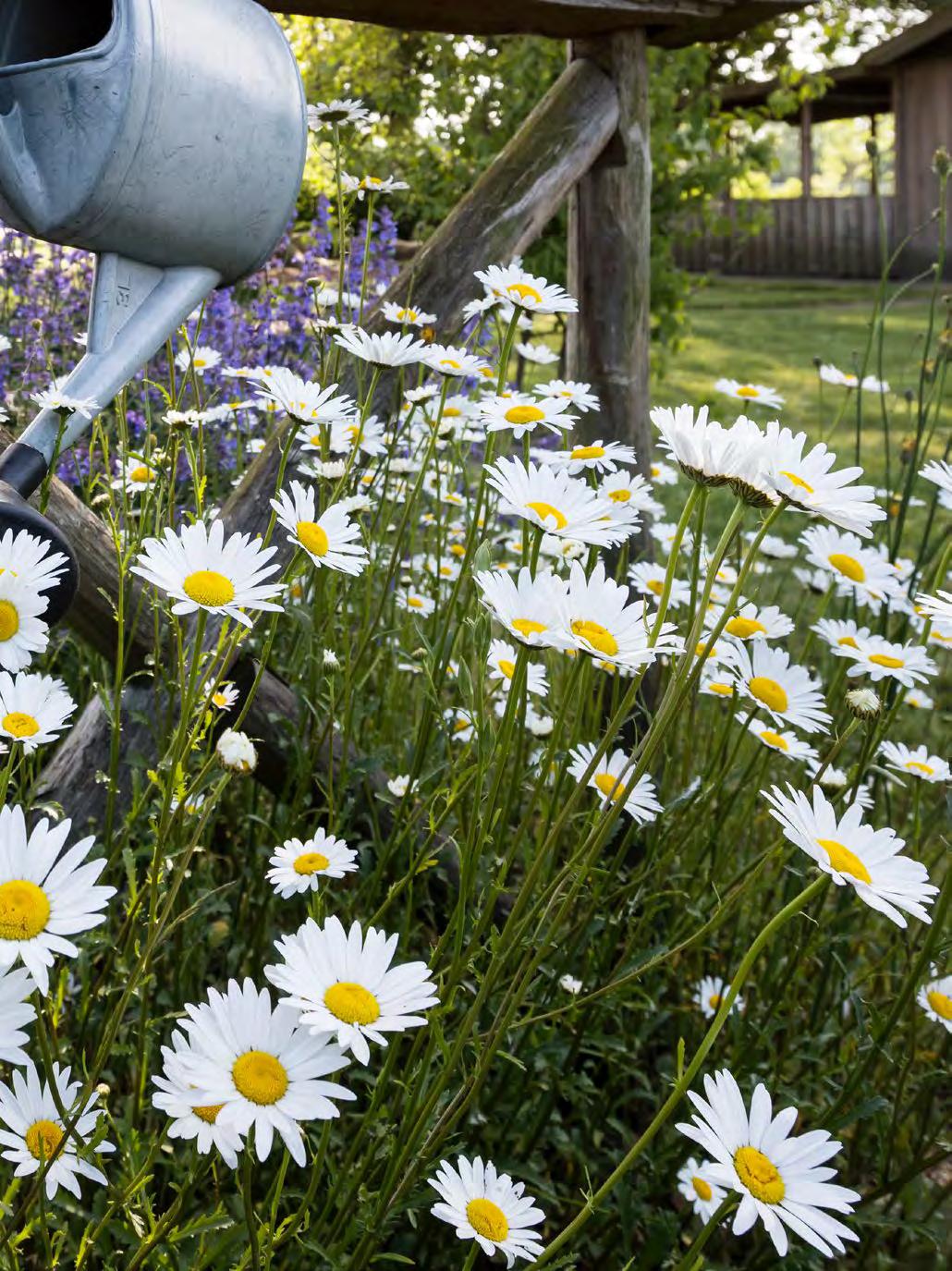
biodiversity (noun) = degree of variety of life forms and habitats
This monumental horse chestnut tree has had its place at a city centre school for years. And rightfully so. Trees have so many amazing things to offer: oxygen, shade, habitat for animals and wonderful school grounds. So our call is clear: do all you can to preserve old school trees. (Het Atheneum, Hasselt)

“We want to establish a natural connection for special species with our school greening. My pupils, with the help of MOS*, went exploring within the local nature reserve ‘Tommelen’ and now they know how our school can be a stepping stone for the great crested newt.” (Laura Degreve, teacher Kindcentrum Straal, Hasselt)
* MOS is the ESD-program (Education for Sustainable Development) from the government of Flanders, the 5 Flemish provinces and Brussels. MOS supports schools (both teachers and school leaders) to create a sustainable learning and living environment in and around their school.
(Look at p.71)
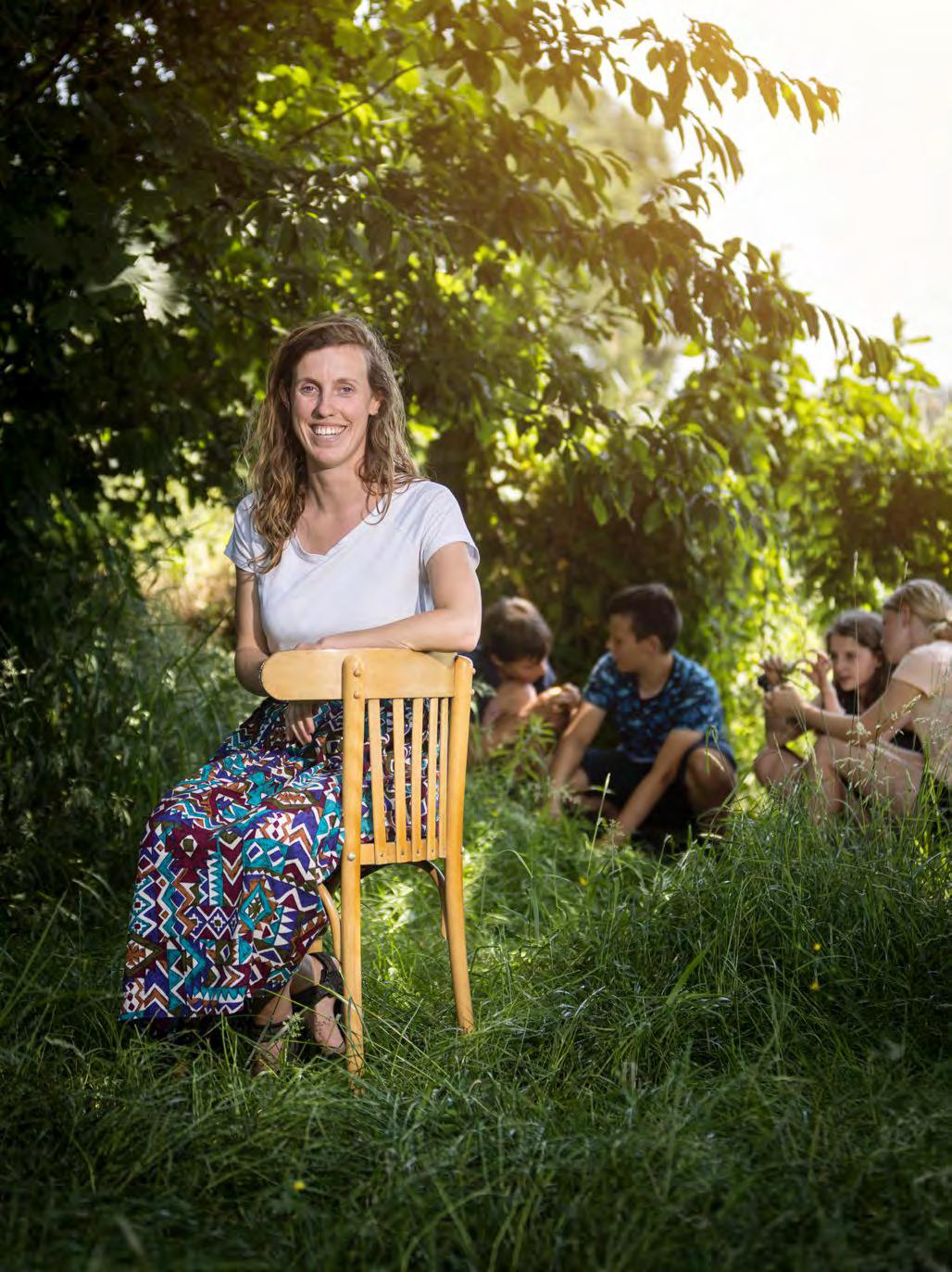
Water brings life. A pond like the one in the photo below is an oasis for aquatic animals and can be used for educational purposes. Though even a small water dish can help animals in times of drought. (Method School Ondersteboven, Leopoldsburg)
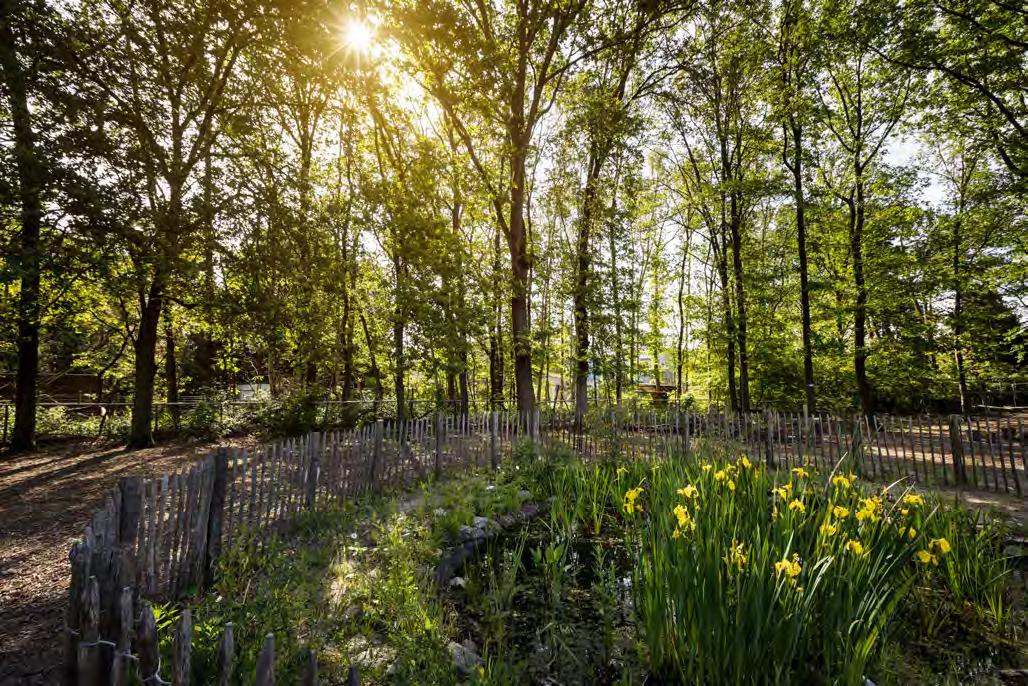
Unknow, unkissed. Have you ever seen the beauty of a dandelion from up close? Or all those other different life forms, each with their own unique peculiarities? It’s so fascinating! Through daily contact with nature, children grow an attachment to and appreciation for it. This is invaluable if we want them to continue caring for our living environment.
(Freinet School ’t Perenboompje, Peer)

Dead wood gives life to the school grounds. Children can use it to shape their own space, day after day. Numerous little insects come to clean up and become food for birds, toads and hedgehogs. In a nutshell, these natural ‘toys’ are part of the great food web. (Method School Ondersteboven, Leopoldsburg)
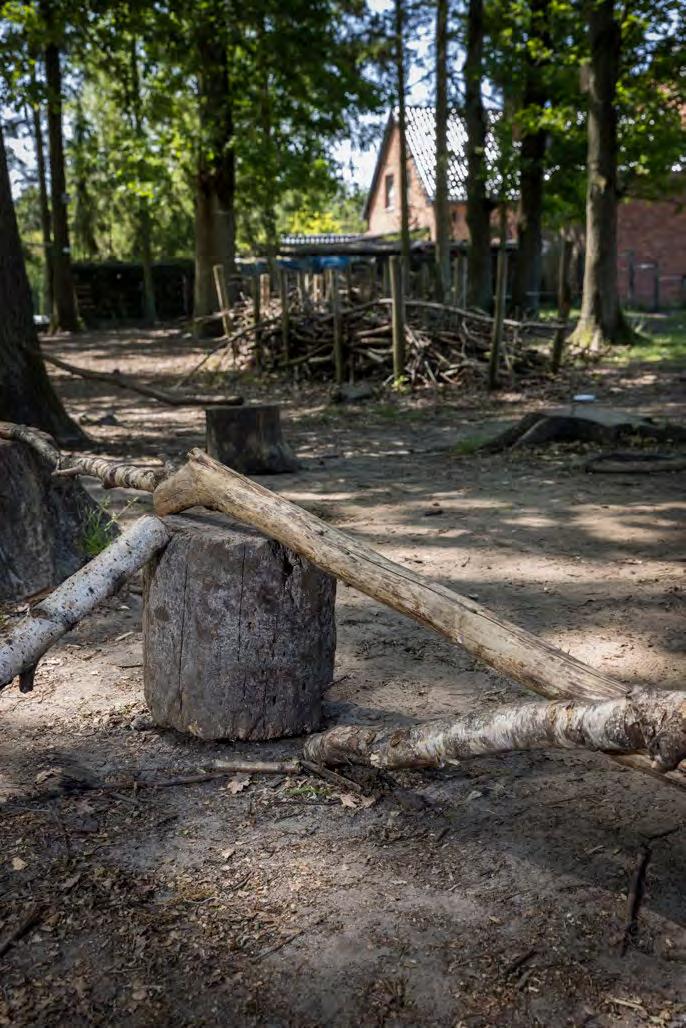
A beautiful outdoor classroom in the shade of a climate tree? That is really cool! By greening, you offer youngsters shade as well as cooling. That way, you protect them from the effects of climate change. (Don Bosco Helchteren, Houthalen-Helchteren)
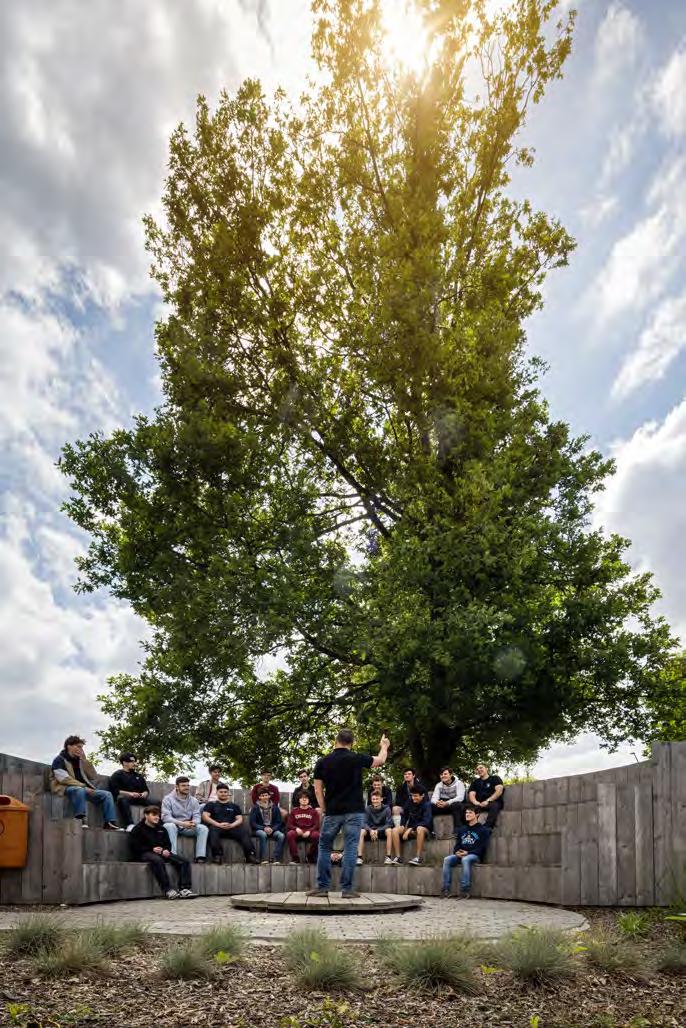
“Before and during a greening project, we stimulate the school to discover and learn about existing green elements. After all, there are often many opportunities waiting to be discovered. We like to provide an upgrade to the green infrastructure already present.” (Paulien Vanhauwere (left) and Jeroen Rappé, green school designers Tree-Hive, photo taken at Herx Primary School, Herk-de-Stad)
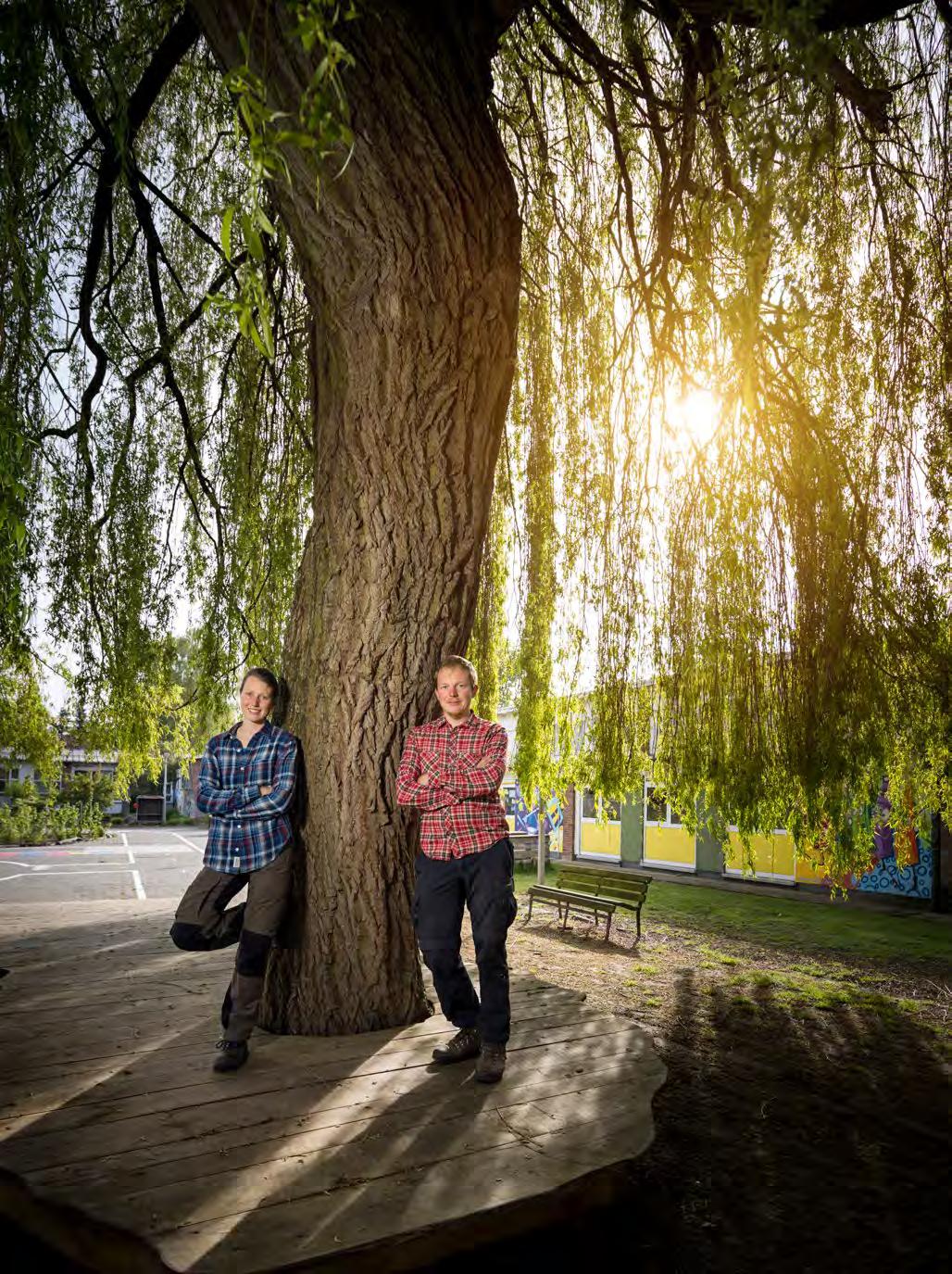
A fruit tree is a food tree for people and animals, even its blossoms attract pollinators. Here, teachers and parents repurposed broken paving slabs from the school grounds to create a flower bed around a pear tree, which doubles up as a seat in its shade. (Method School Ondersteboven, Leopoldsburg)
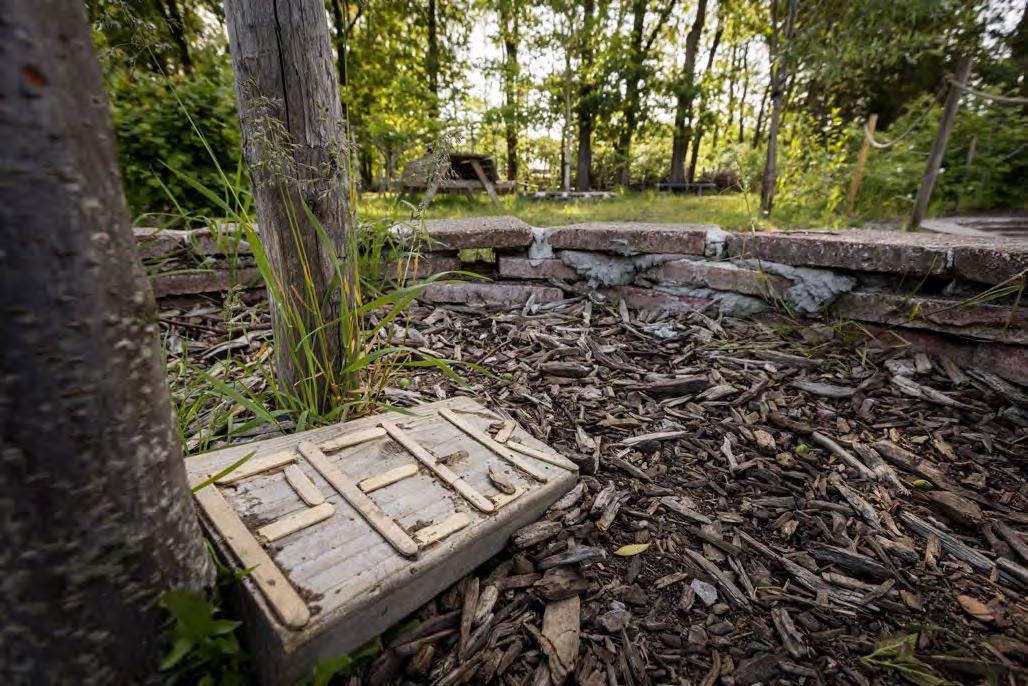
When the children of year 1 and 2 of this primary school learnt that the European stag beetle can be found in their school environment, they built a breeding ground for this giant beetle (with jaws like antlers!). In this way, pupils are helping to provide nature links. (Provincial Primary School Voeren)

“Climate change is an important reason for our school greening: we are softening a large part of our school grounds so that water is better absorbed into the ground in case of extreme rain. We have started on a small scale: we took out a few paving slabs to create mini gardens. The pupils adopt and maintain these.” (Lore Vrolix (right), teacher Level X, Hasselt)
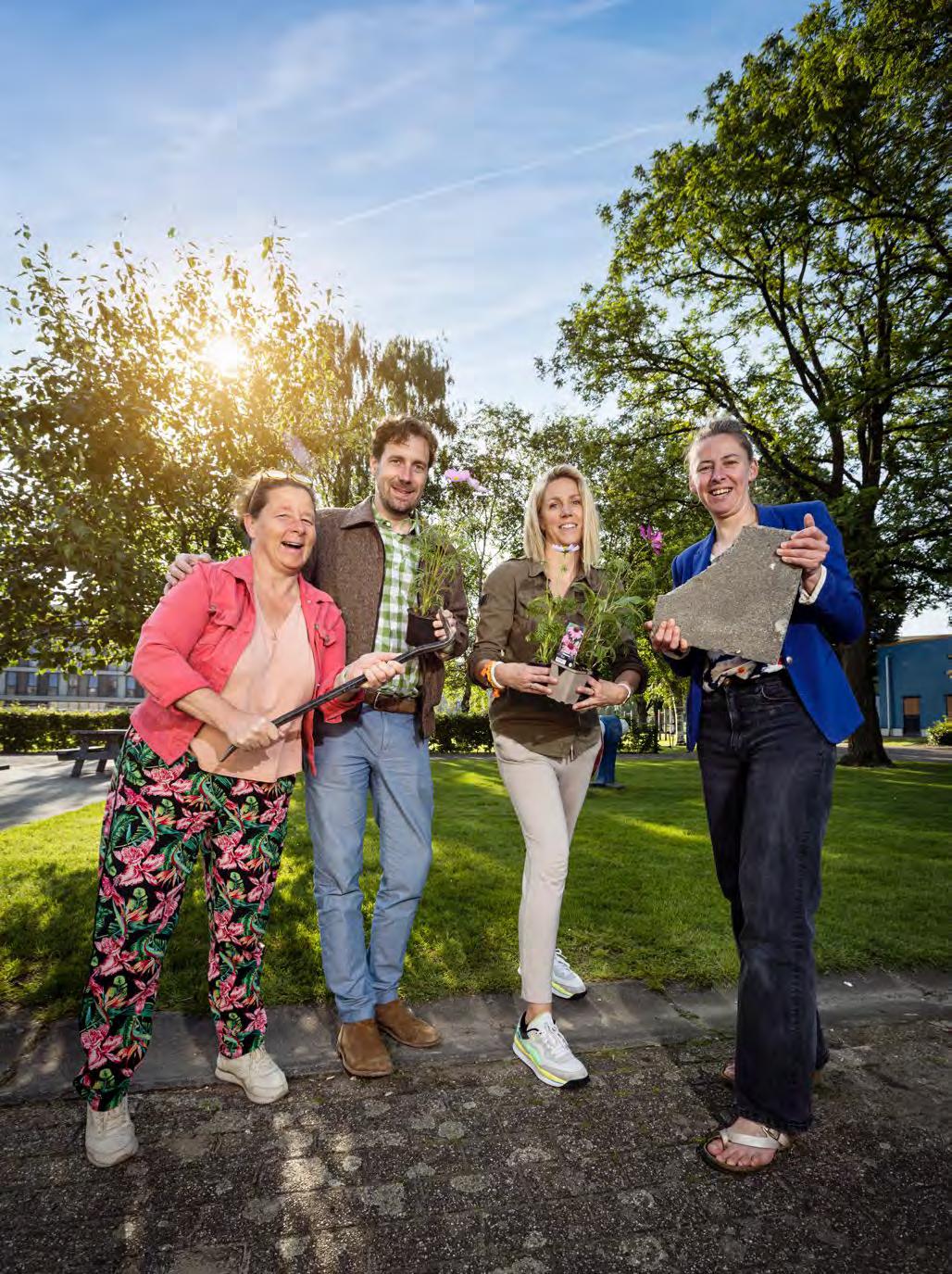
This school estate provides space for a lot of mini biotopes: a pond, flowery grassland, pollarded trees, shrublands, a dead hedge, a vegetable garden, fruit trees… each with its own ecological community. Mini biotopes are instructive and feasible, although a natural school estate also requires ecological management. For example, do not cut all the grass if you want to see more wildflowers and insects. (Biotechnicum, Bocholt)
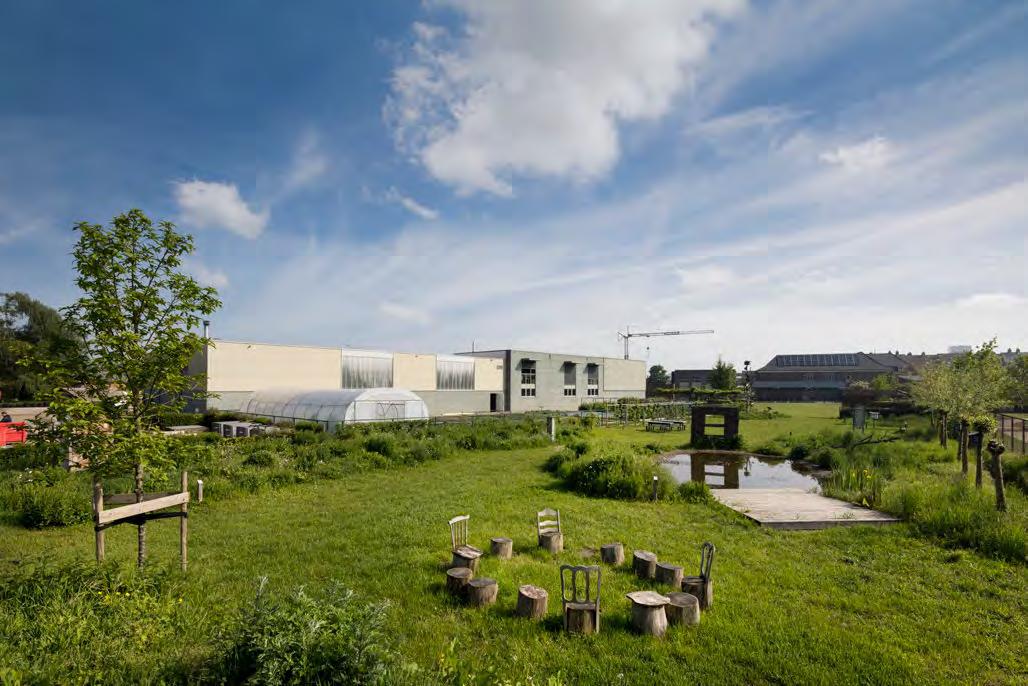
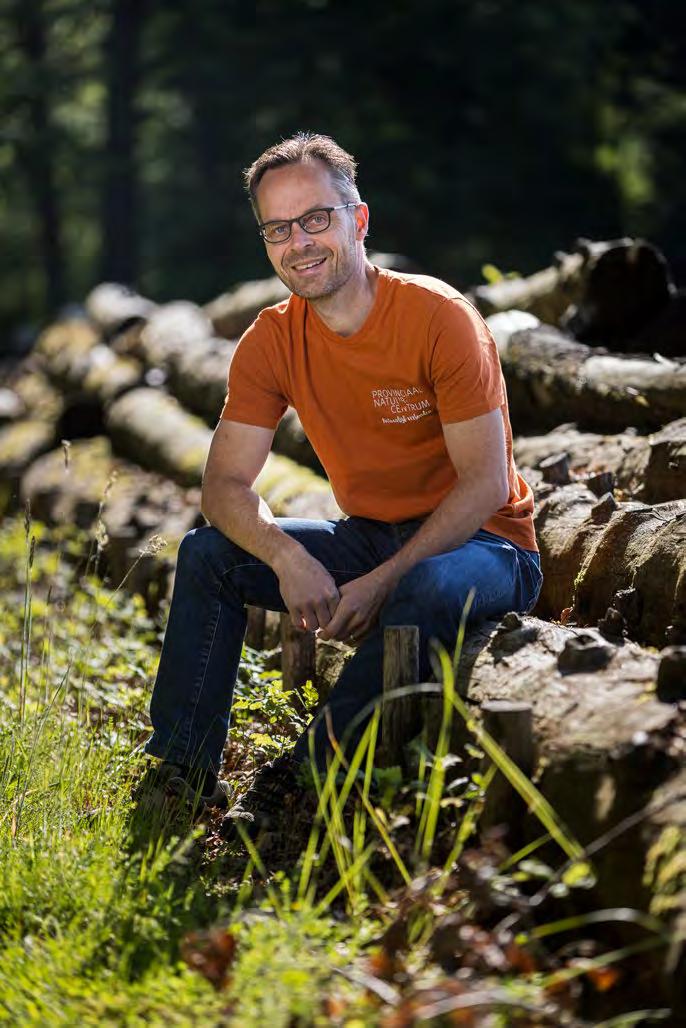 Joris Verhees, biodiversity coordinator, Provinciaal Natuurcentrum
Joris Verhees, biodiversity coordinator, Provinciaal Natuurcentrum
Joris Verhees has green blood running through his veins. As a biodiversity coordinator at the Provinciaal Natuurcentrum, he ensures that local nature also benefits from the school greening. His knowledge and support are indispensable.
Joris’s biggest piece of advice for school greening is: ‘Choose plant species that are native to your environment. They’ll do well on your school grounds and will require less maintenance. That way, you strengthen local nature: your school becomes a home or stopover for all sorts of animals and that is colourful and educational. Therefore, nature-friendly management is important, too” he explains.
“Working with flowery grassland instead of a shortmowed lawn is an example of a viable improvement. Many insects and amphibians would find rest, food and space to reproduce here. It’s important to not mow this grassland too often. A playground differs from a garden in that it offers the space to let greenery grow and flourish more.” Joris adds that collaborating with Regionale Landschappen* would offer a huge added value because they are familiar with the area. They know the most suitable plant species as well as having experience with larger environments,” he says. “Green designers are also an important link in that knowledge exchange.”
Is every school environment suitable for school greening? “Absolutely!”, Joris confirms. “Although the biodiversity gains are particularly striking in the middle of the city. Just think of birds that can have a rest in a tree or have a drink from a water feature, though greening is important everywhere. You have to be patient and look at the long-term effects. For example, it takes 10 to 15 years before you can enjoy the shade of a mature tree.”
Besides the biodiversity benefits, greening a space also mitigates the effects of climate change. “Did you know that vegetation cools as well as retains rainwater, while concrete just does the opposite?” Joris hopes that all schools will eventually go green, as if it were a natural reflex. “And if that means that we can introduce children to special animal species, such as the tree frog, it all makes sense.”
* The 16 Regional Landscapes of Flanders promote nature, landscape, heritage, identity and recreation. They join forces with locals, farmers, nature organisations and other partners.
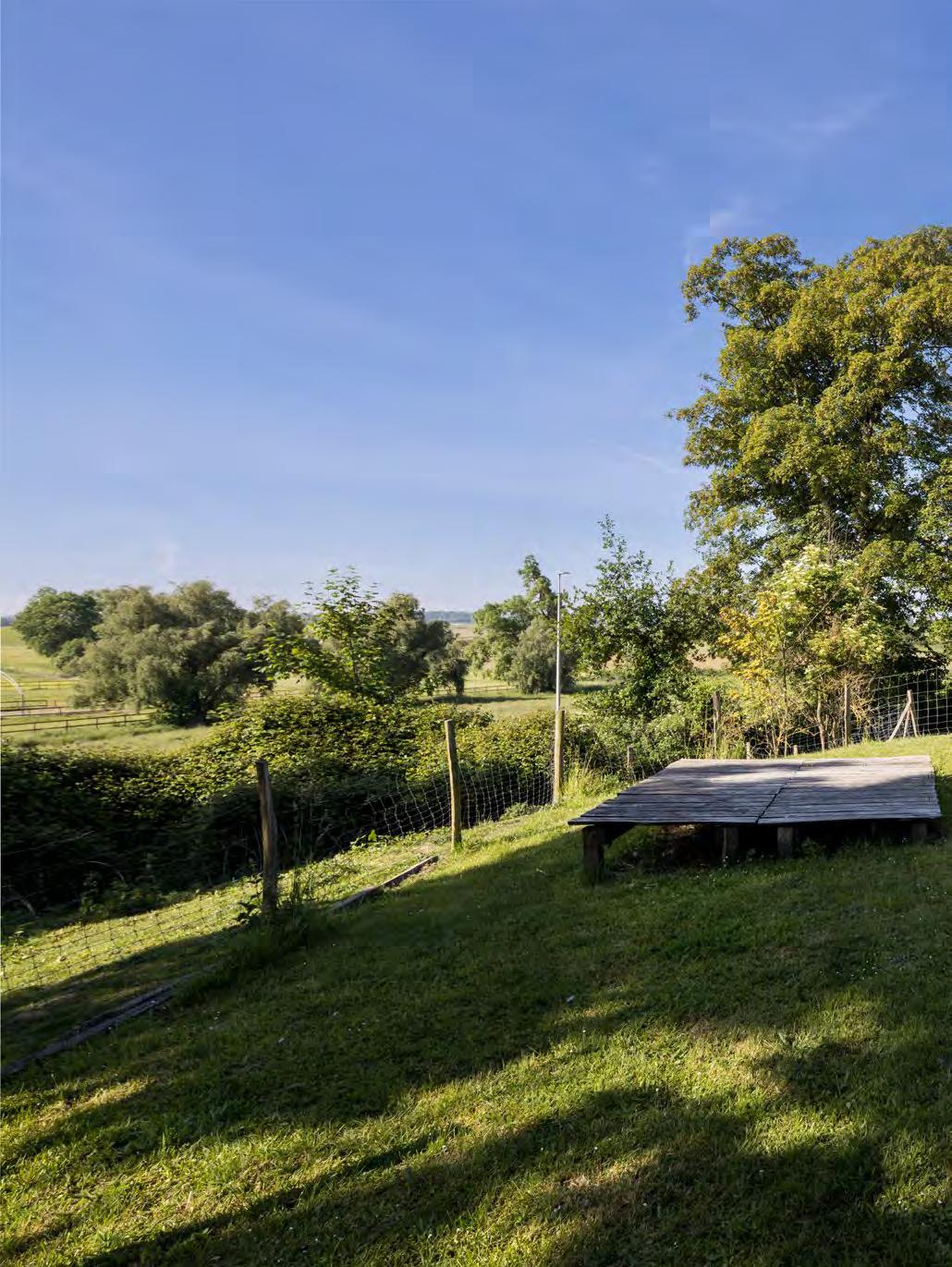

nature-based learning (verb) = learning in, with and from nature to achieve educational goals
With “natural learning stations”, these pupils explore the biodiversity of their school estate. They leave the classroom, break free and have a direct experience with the wealth of plants and animals. In this flower meadow, among the daisies, they also learn to work independently (together), in complete freedom and safety. They investigate which animals and plants found a home at their school. Here, scientists flourish. (Freinet School Het Wijdeland, Sint-Truiden)
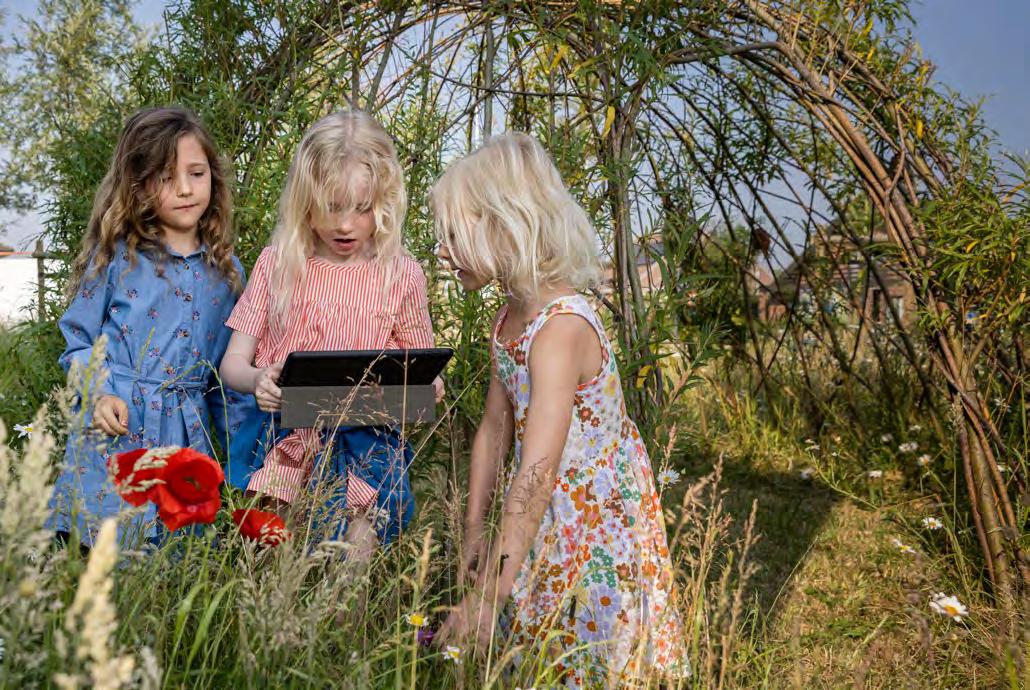
Parents and teachers worked together to build this seating pit from repurposed paving slabs. With exactly 60 tiles on the perimeter, this outdoor classroom easily transforms into a space to practise reading the clock whilst moving. Embedded in the greenery, this spot provides much-needed peace and quiet. (Method School Ondersteboven, Leopoldsburg)

Would you like to encourage ownership among pupils? Then involve them in school green space management. Here, children help keep the heathland on the school grounds sunny for its typical inhabitants, such as the tiger beetle and the grayling (butterfly). Meanwhile, they practise social skills, cultivate citizenship and achieve many learning objectives, for example for physical education. (Catholic Primary School Boxbergheide, Genk)

“By including a flower meadow and a tree stump corner, we wanted to provide our pupils with the infrastructure for inquiry-based learning about biodiversity. But also for other learning domains than nature, there are now a lot of achievement levels simply found outside.” (Sarah Candreva, principal Freinet School ‘t Perenboompje and Living School De Uitvlinder, Peer)
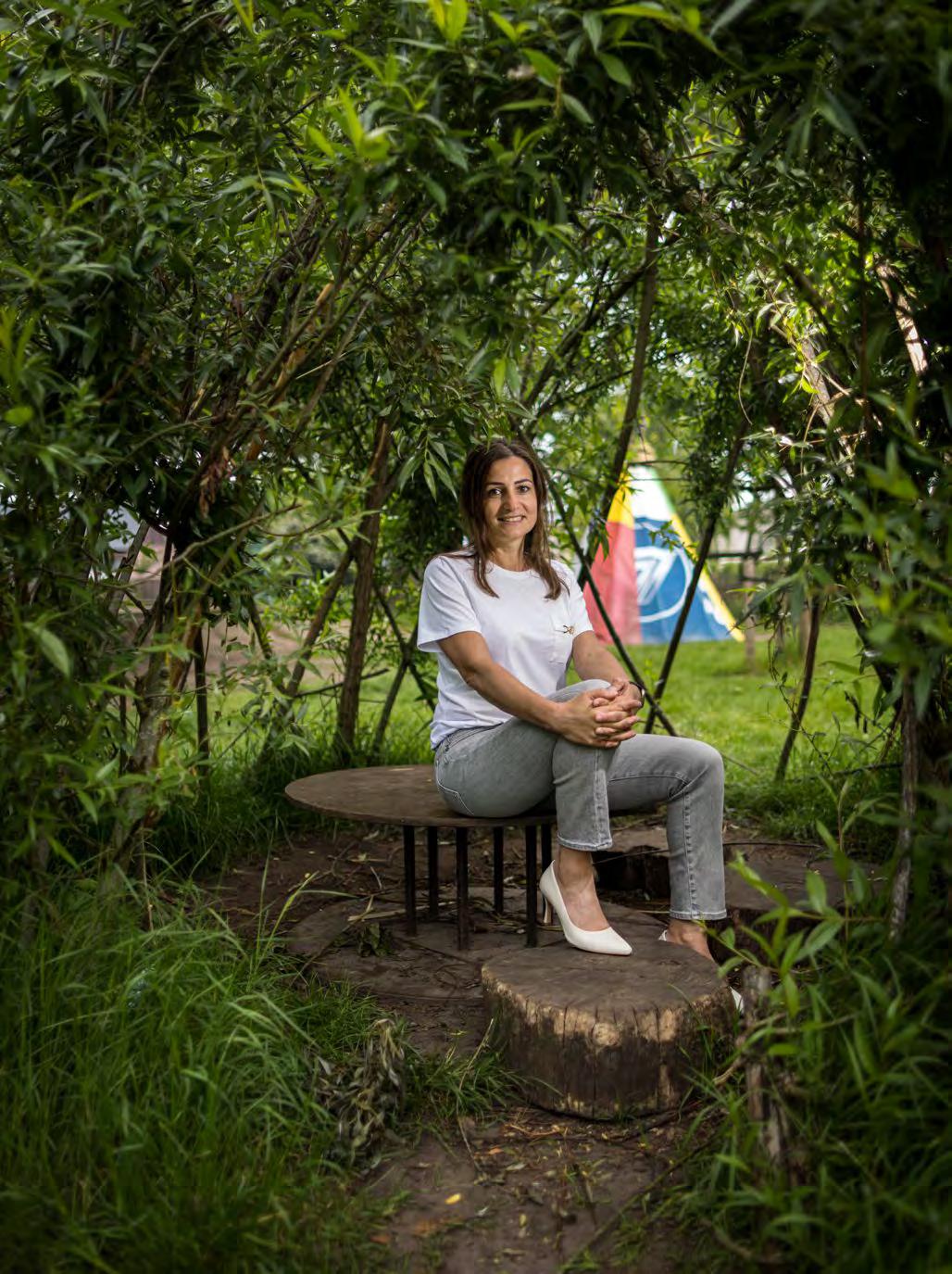
In this school’s vegetable garden, pupils maintain the same vegetable bed every school year. It is the teachers who move on each year and bring their own “class vegetables”. In this way, the teachers build up experience in growing and using them educationally. (‘t Vlindertje Velm, Sint-Truiden)

The mud kitchen does make maths initiation very tangible: making branch soup, a sand muffin or mud cake? The preschoolers are given the recipe: 2 daisies, 3 leaves, 1 scoop of sand, 2 pebbles, 1 half cup of water, knead. In and with school nature, you can achieve developmental goals and achievement levels for all subjects. In - literally and figuratively - the extension of the classroom. (Method School Wonderwijs, Alken)

“We dream of a green school environment in which we can explore together with the children, preferably under a radiant sun with only smiling faces. Little by little, we are making these dreams come true. Just as each of us is unique, each green school environment and each outdoor lesson will also be unique. What do you need to do to achieve this? Just go for it. Always following the lead of the child and your outdoor environment. Jump into your dream and make it happen, because nature-based learning is really not difficult!” (Kristel Houben, Gertie Berghmans and Ingrid Coenen (from left to right), Misses Rummage “Rummaging in nature”, photo taken at Municipal Primary School As)
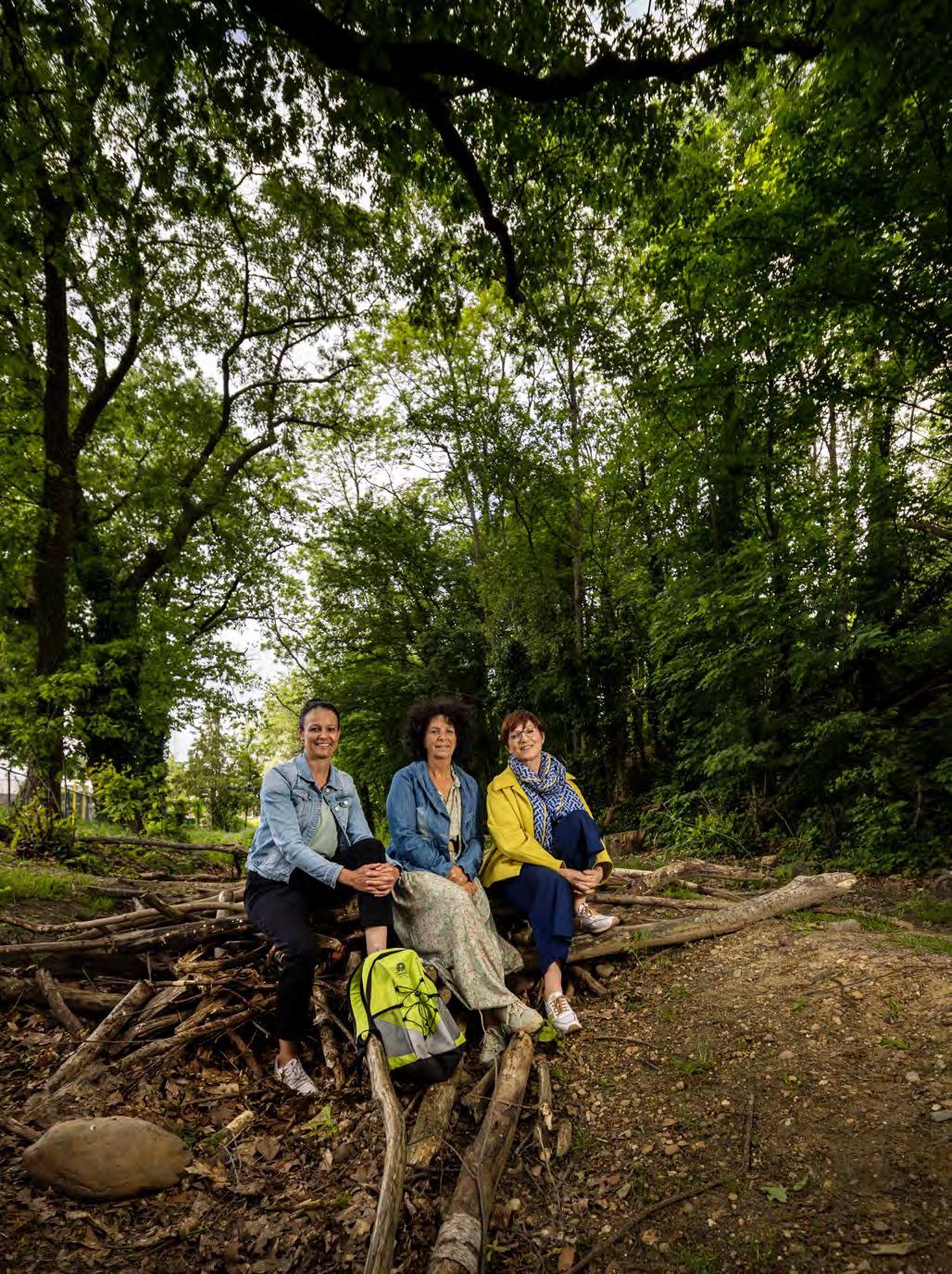
Not only does this school share the “green square” with the local community, (grand)parents and pupils also learn from each other in the zero-waste garden. After all, when will those radishes be ready to harvest? And how does composting become feasible? A nice bonus is that local residents can maintain the vegetable garden during the school holidays and reap the benefits. (Het Opwermerke, Hoeselt)
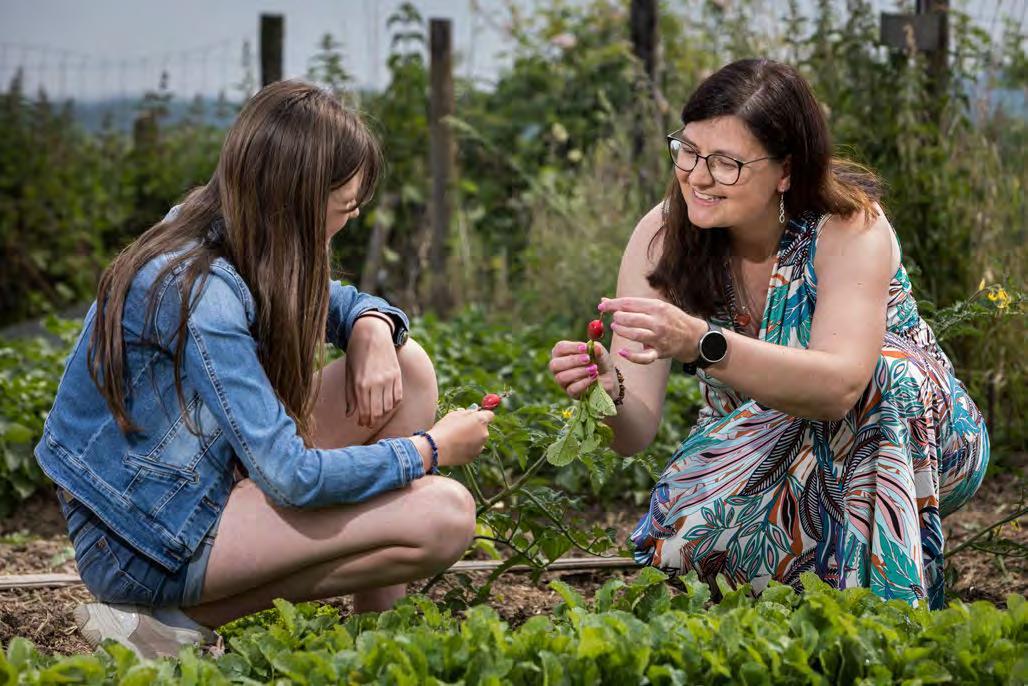
For these apprentice bakers, borders with different types of grain were planted at school so that they can learn in real life where their basic raw material comes from. Special, isn’t? (Special Needs School KIDS, Hasselt)

“Students from different departments worked together on this educational bee hall with bee hotels for wild bees, hives for honey bees and a green roof. It was an engaging, co-creative and investigative learning process! The grounds around the apiary are managed ecologically.” (Robbe Ottoy, teacher Atlas College, Genk)

Log seats or balancing logs? In no time, a seating circle is transformed into a balance course for a natural gymnastics lesson. This way, pupils work on their motor development and risk competence. (Campus Mozaïek, Hasselt)
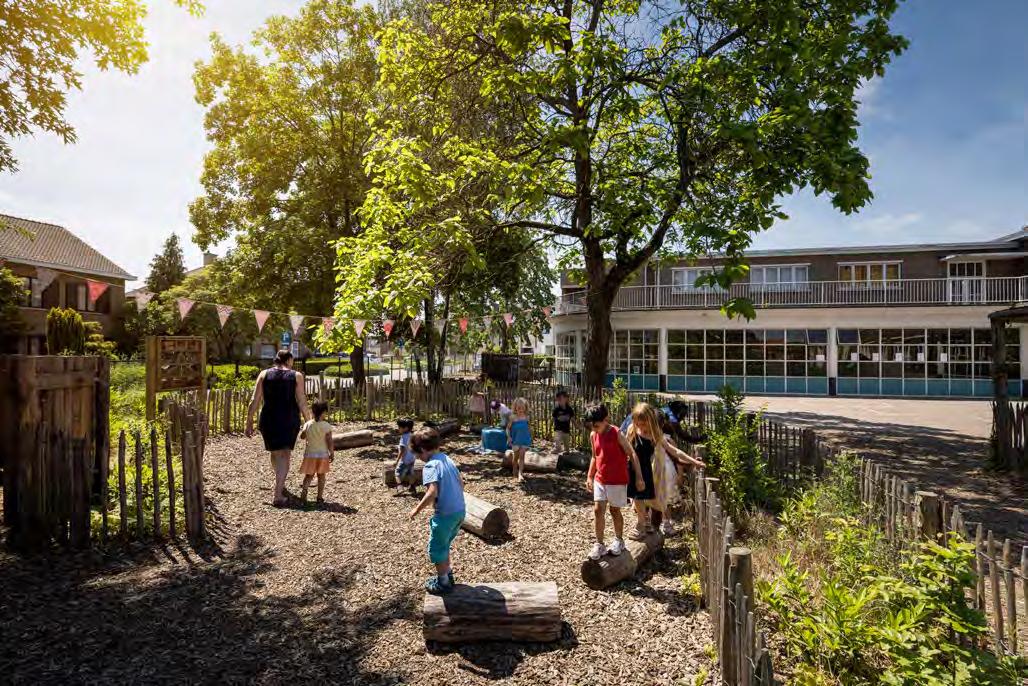
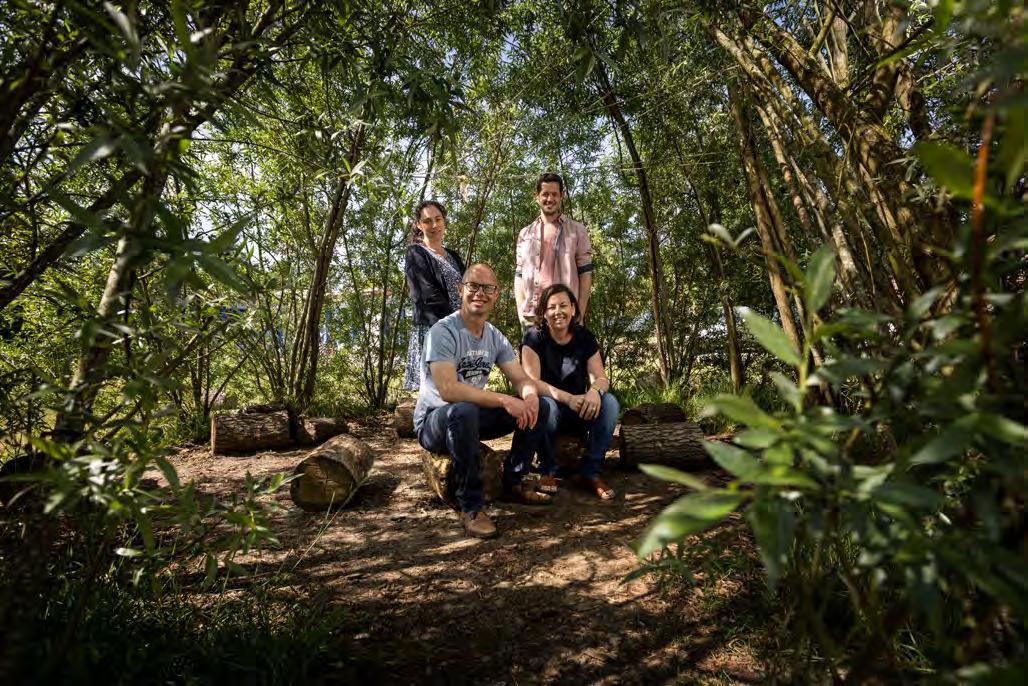 MOS team Limburg (from left to right): Bieke Geukens, Karel Coenen, Philippe Plessers and Hilde Boiten
MOS team Limburg (from left to right): Bieke Geukens, Karel Coenen, Philippe Plessers and Hilde Boiten
At least their name couldn’t be greener but the work of the MOS* team is also thoroughly green. Their slogan: “Sustainable schools, smart schools”. In that way, they support teachers in education for sustainable development.
“In school greening, we guide the process and empower teachers in nature-based learning. That is learning in, with and from school nature,” the MOS team explains. We aim to guide and empower through training, coaching, collaborative learning or workshops. We stress the importance of a clear vision and the presence of sufficient support, and we ask ourselves and the school team: What is the added value for the school?
In addition, we have a role as knowledge-sharers because schools exchange little among themselves. This is where the MOS team comes to the rescue; we share good practices and encourage exchanges between schools to learn from each other and to avoid teachers and school teams feeling isolated in their green dream. Our local embeddedness in the province of Limburg is a great asset: we know the local environment from which schools can withdraw help, and we ensure a flow between the field - the schools - and government or research bodies.”
Why don’t all teachers race through the doors to teach and explore outside? ‘Outdoor learning involves a number of barriers, which might be a reason for hesitancy. It’s our job, however, to help overcome these barriers and share our knowledge on how to make nature-based learning a pleasant experience.
New interests and talents are stimulated outdoors. Contact with nature from an early age is crucial for environmental awareness. Playing and relaxing in school nature helps form responsible young people who will hopefully one day make sustainable choices.
One important piece of advice from the MOS team is to take it slowly. “Greening is a process of growth. Step by step, with trial and error. And do not exaggerate your finishing touch. Give pupils room to design the playground themselves and involve them in its maintenance. Let them discover, that’s how they learn the most.”
* MOS is the ESD-program (Education for Sustainable Development) from the government of Flanders, the 5 Flemish provinces and Brussels. MOS supports schools (both teachers and school leaders) to create a sustainable learning and living environment in and around their school.
MOS is the national operator for the Eco-Schools program of the FEE (Foundation for Environmental Education), the world’s largest environmental education organisation.
With schools from 73 countries worldwide there is a big network of Eco-Schools.
The Eco-Schools ‘Green Flag’ is an international label for sustainable schools.


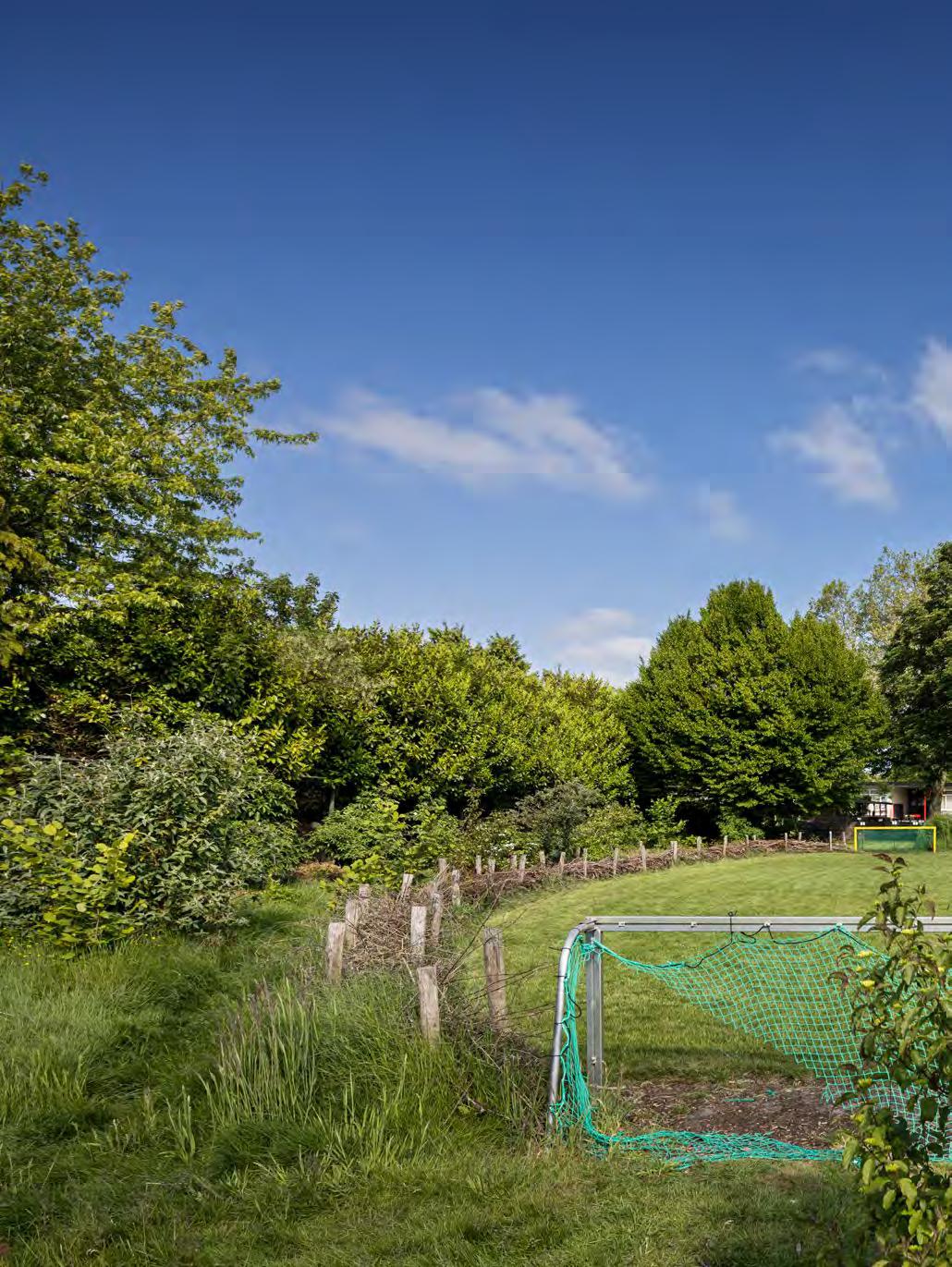
A football pitch is a must at most schools, but can it also be smaller and less central? Of course! Here, the pitch is encapsulated in greenery with an oval dead hedge and around it, a flower meadow with footpaths. This frees up space for other play, nature (experience) and rest.

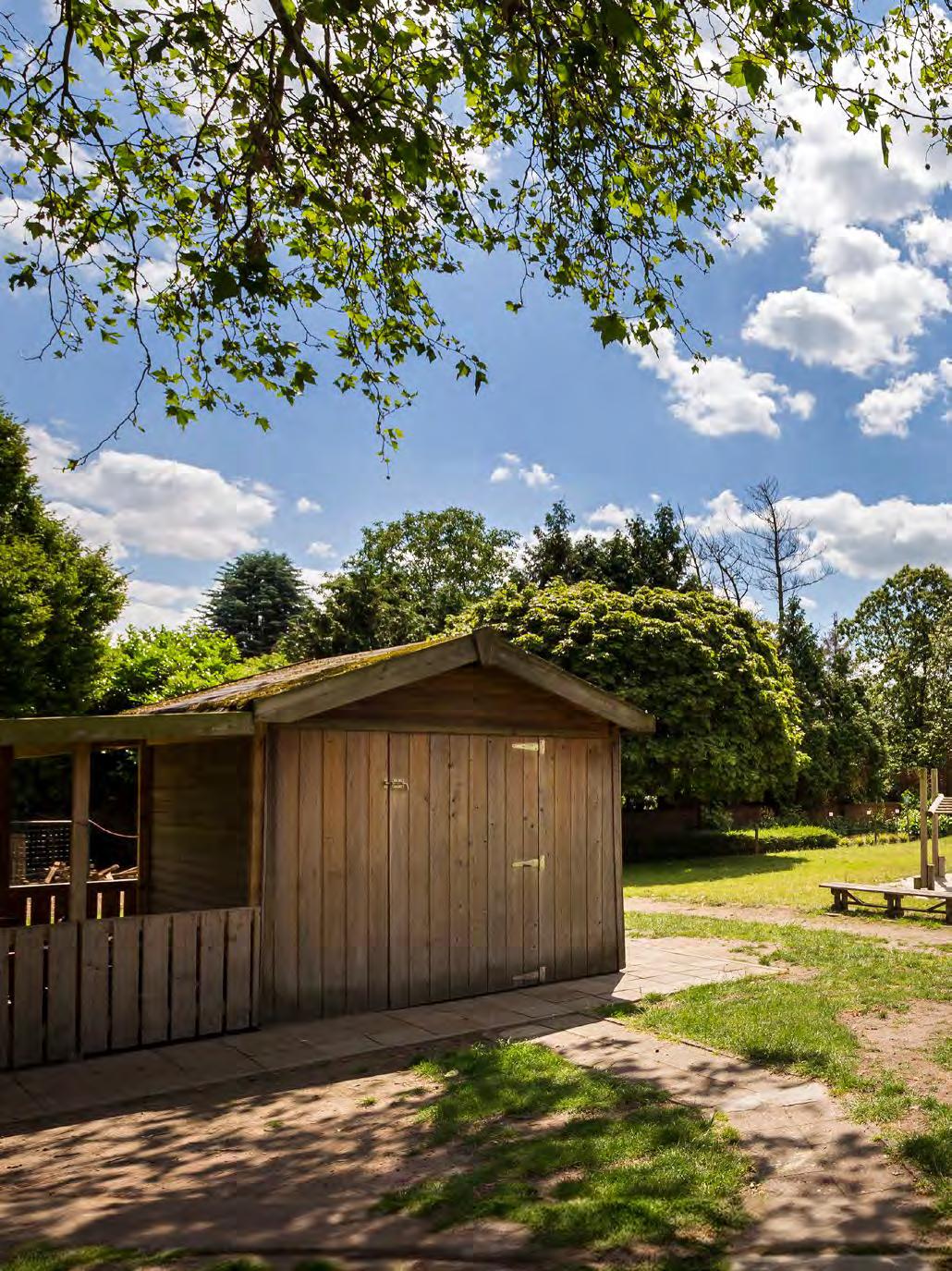



The preschoolers’ movement trail is now hidden in greenery: trees, shrubs and flowers provide green security, shade and biodiversity. Carefully chosen and planted trees and shrubs require hardly any maintenance. Flowers only require an appropriate mowing management.
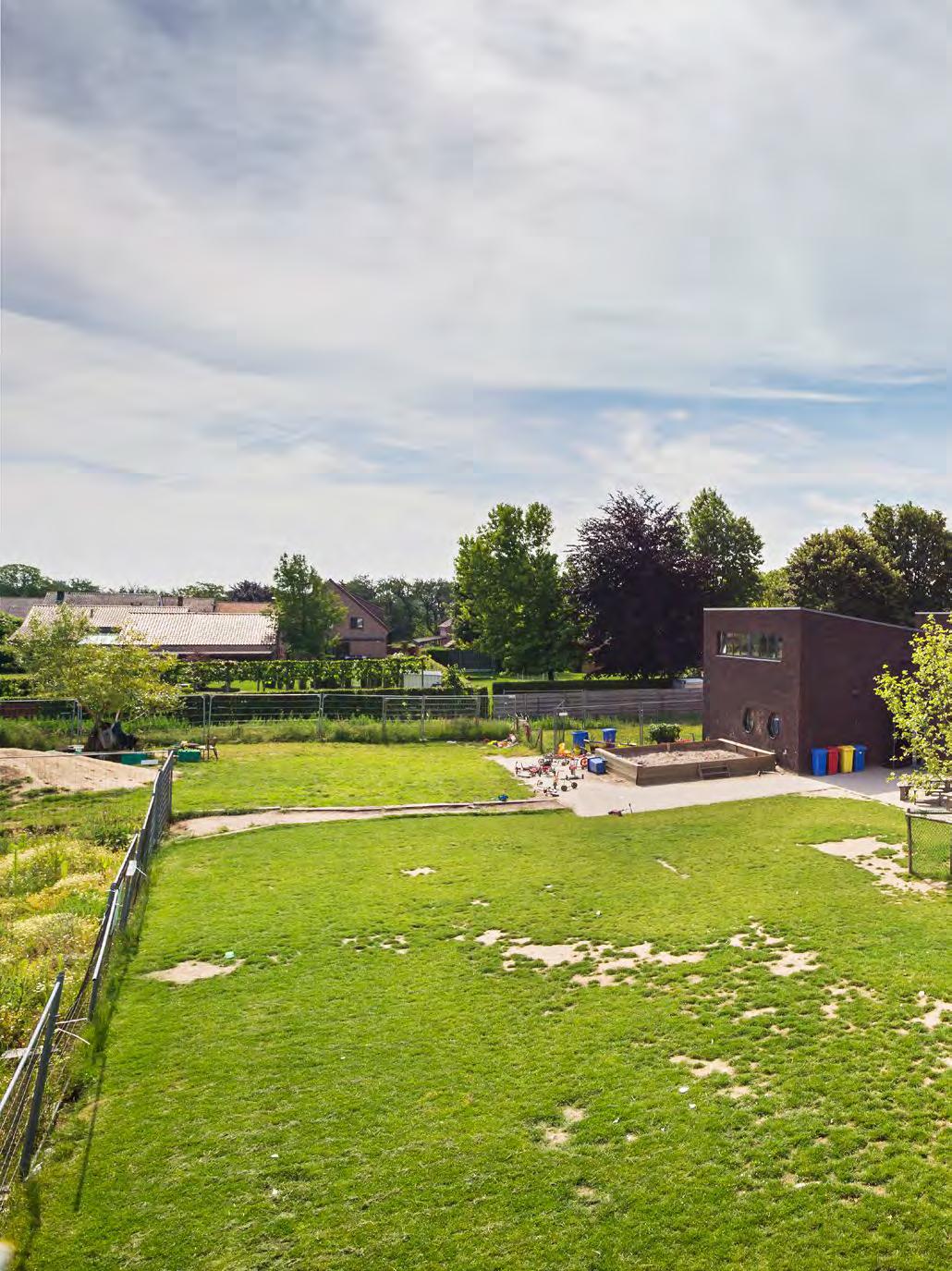
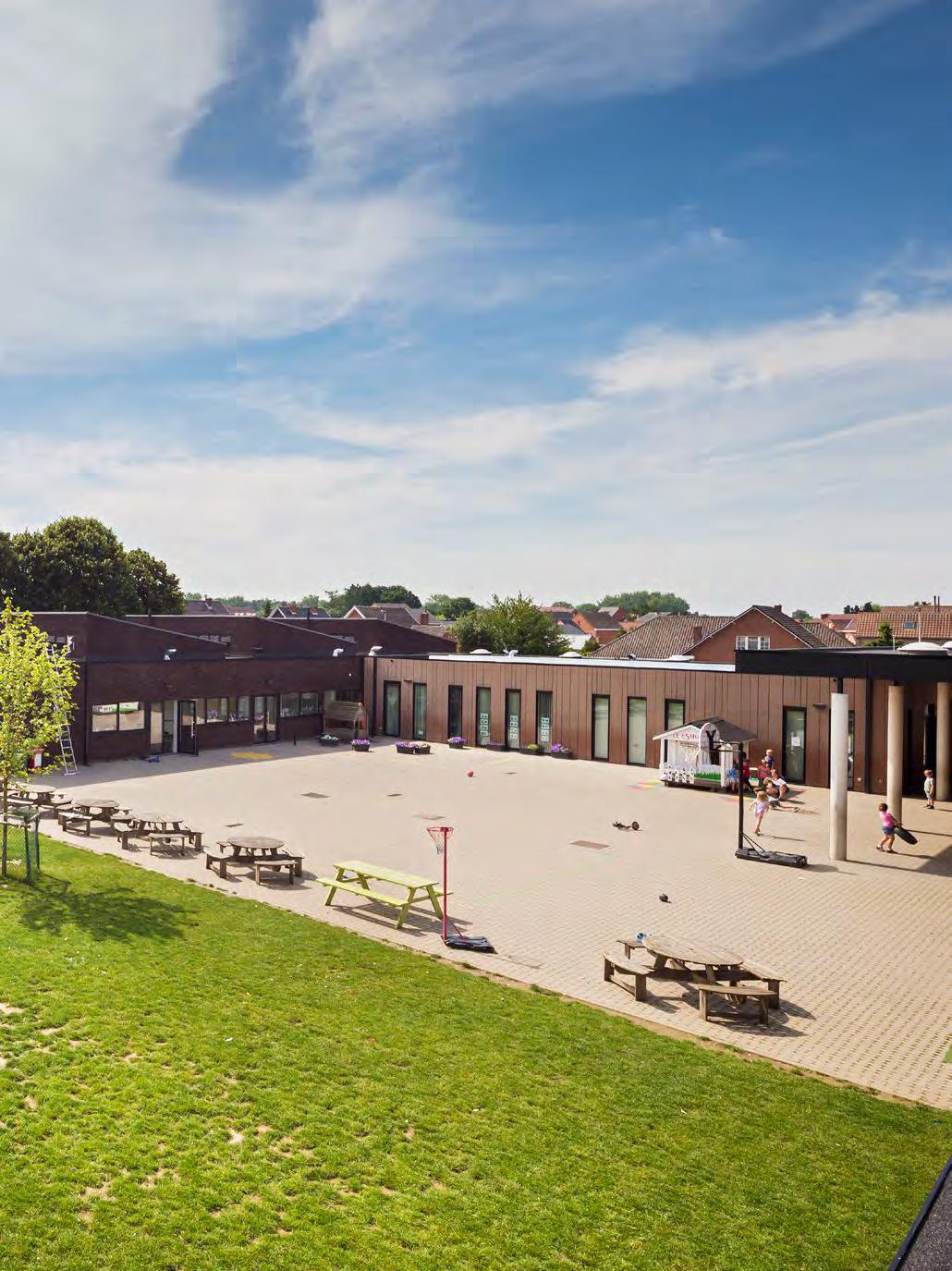

This greened playground offers a large outdoor classroom with shade trees, different height levels and surfaces. The curved lines break up the rigid structure of the paved playground, which is also divided up with wickerwork.
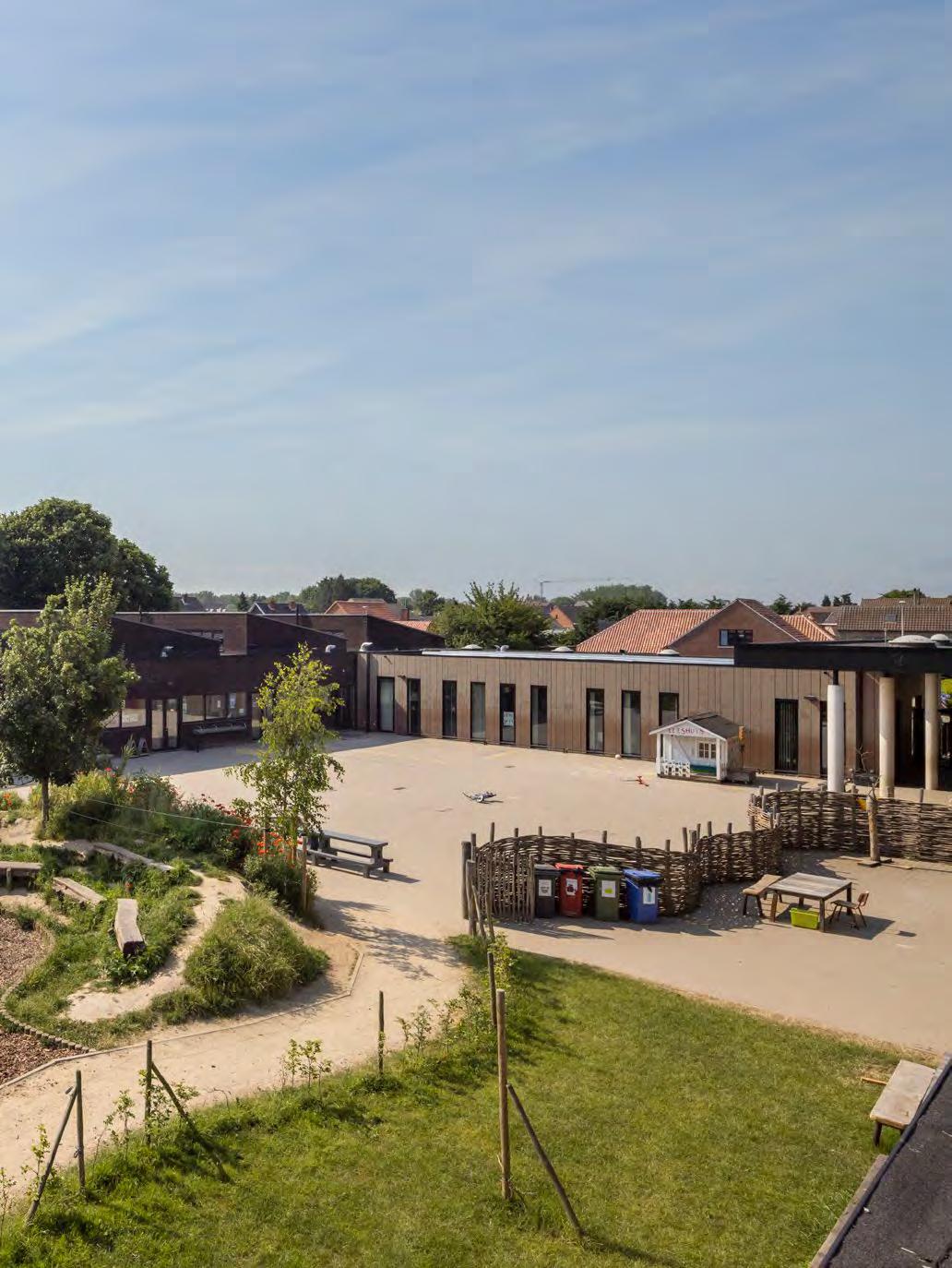


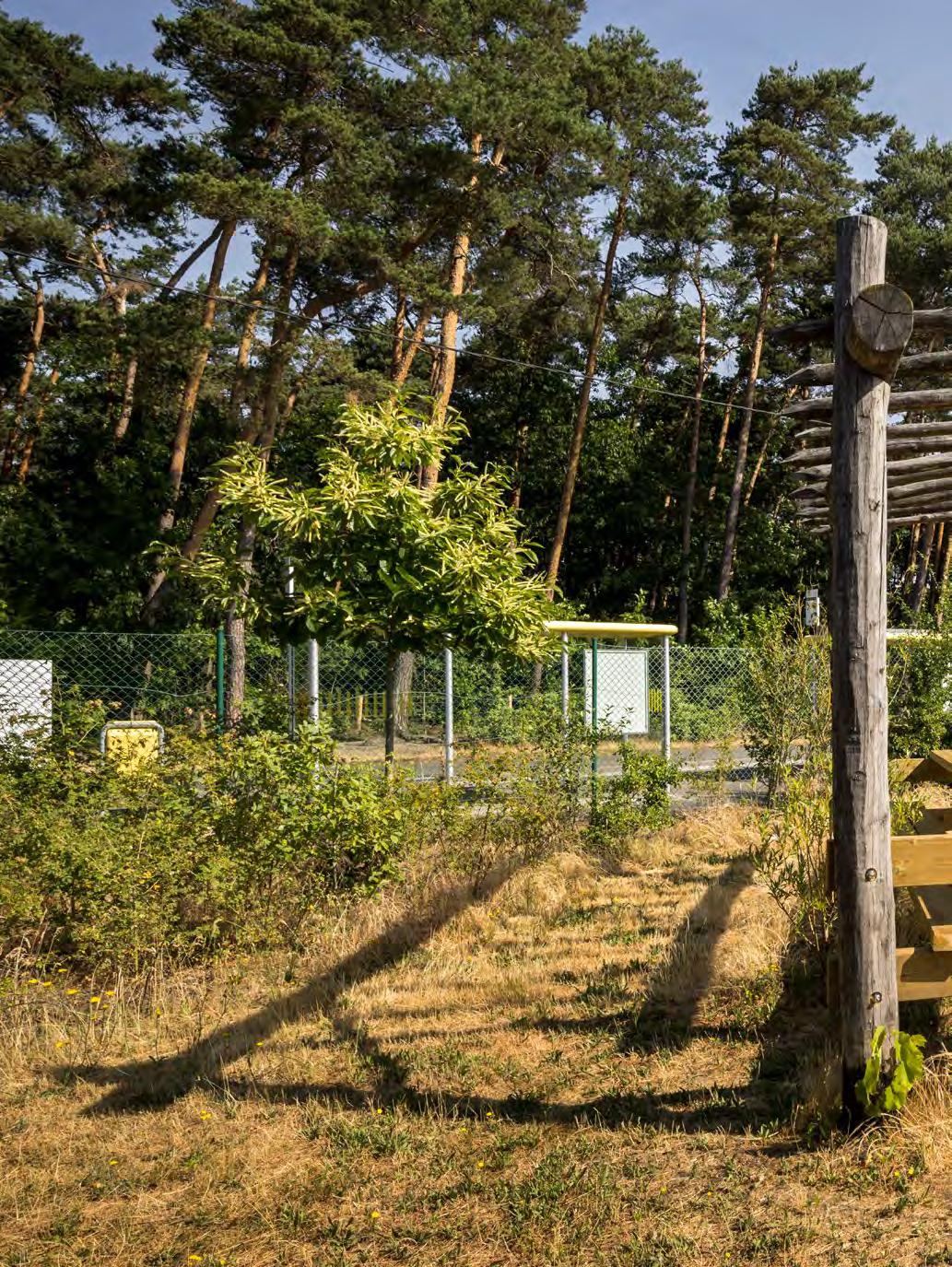
This school is going for plenty of seating and resting areas in greenery. In these outdoor classrooms with natural-wood pergolas, climbing plants will provide shade. In the background, you can see a wooden construction of log seats organised as a Mikado and between the shrubs, there are some hangout benches.

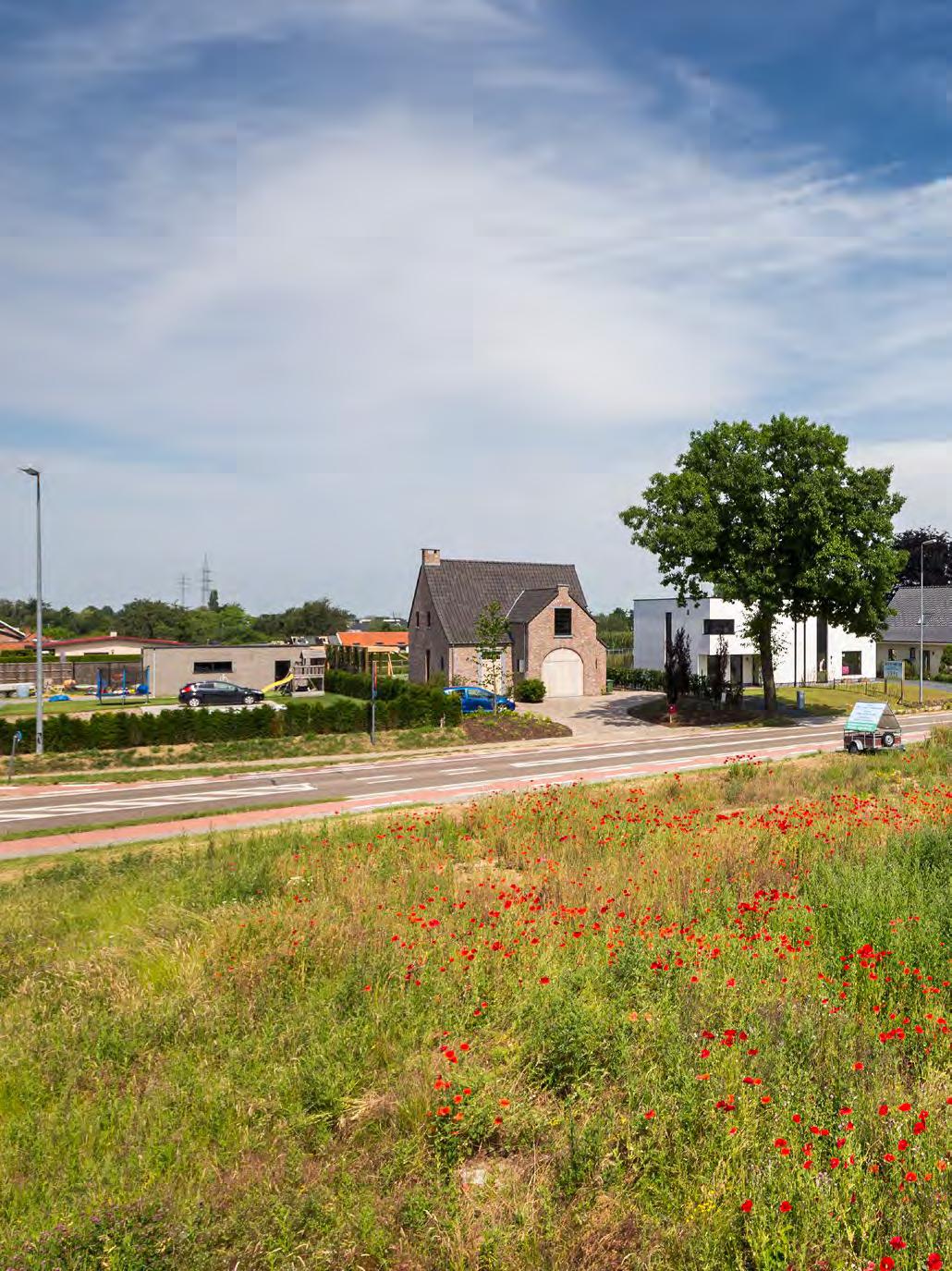

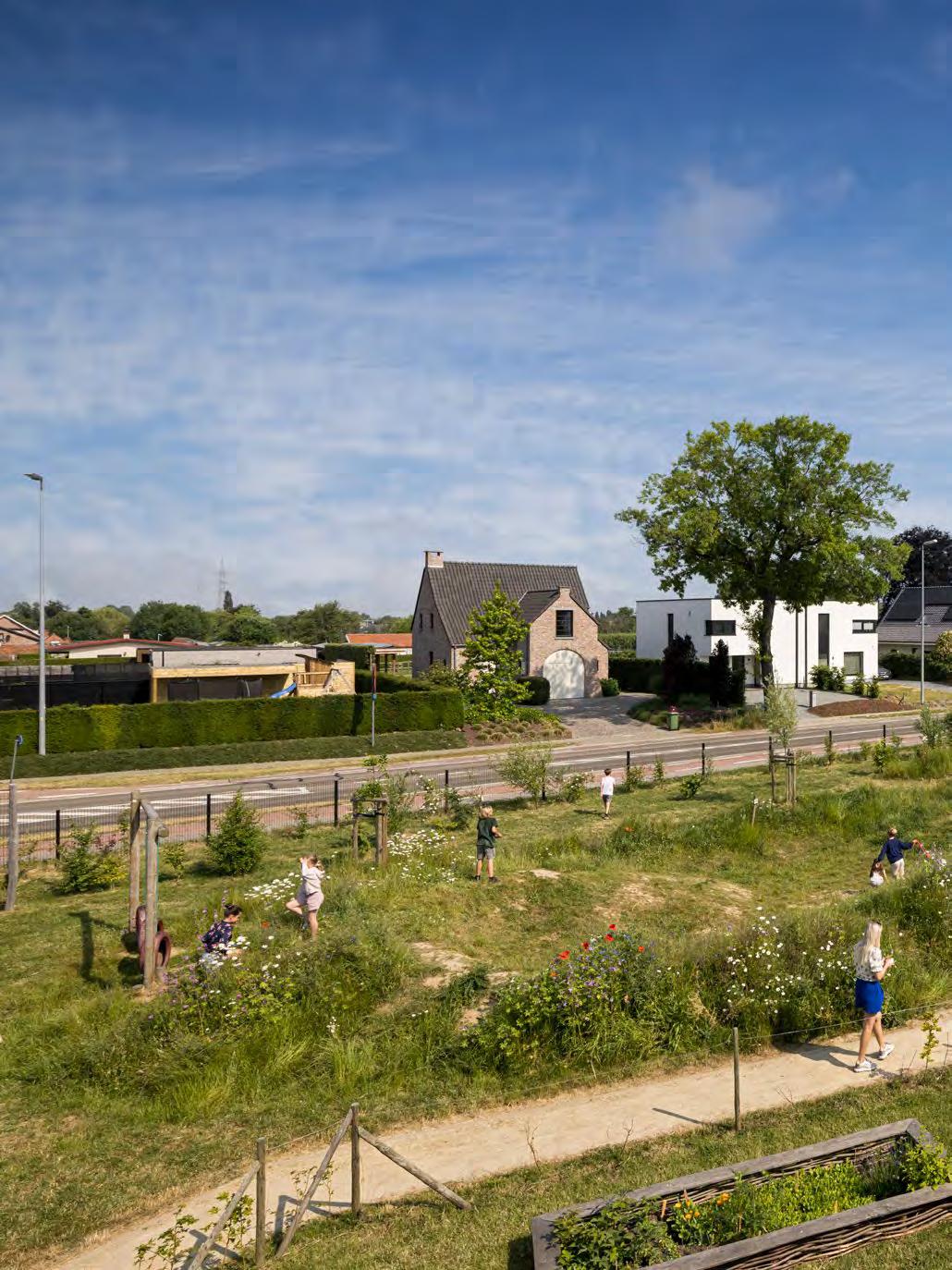
You can offer pupils many more opportunities to play with some greenery and a bit of letting go. Here the variety is striking: different zones encourage various forms of play, rest, exploration, contact with nature, socialising, movement or education. What more could you want?
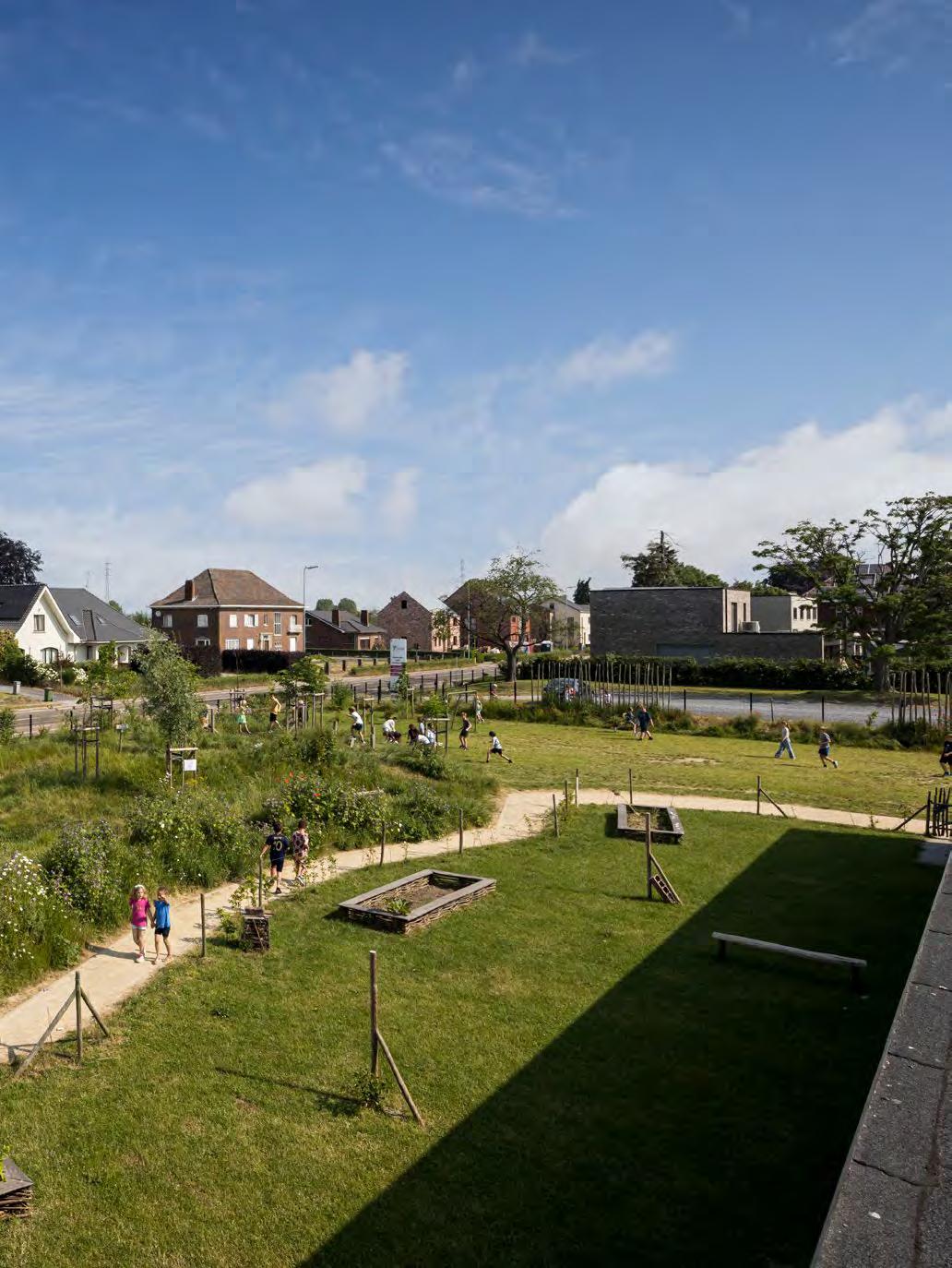
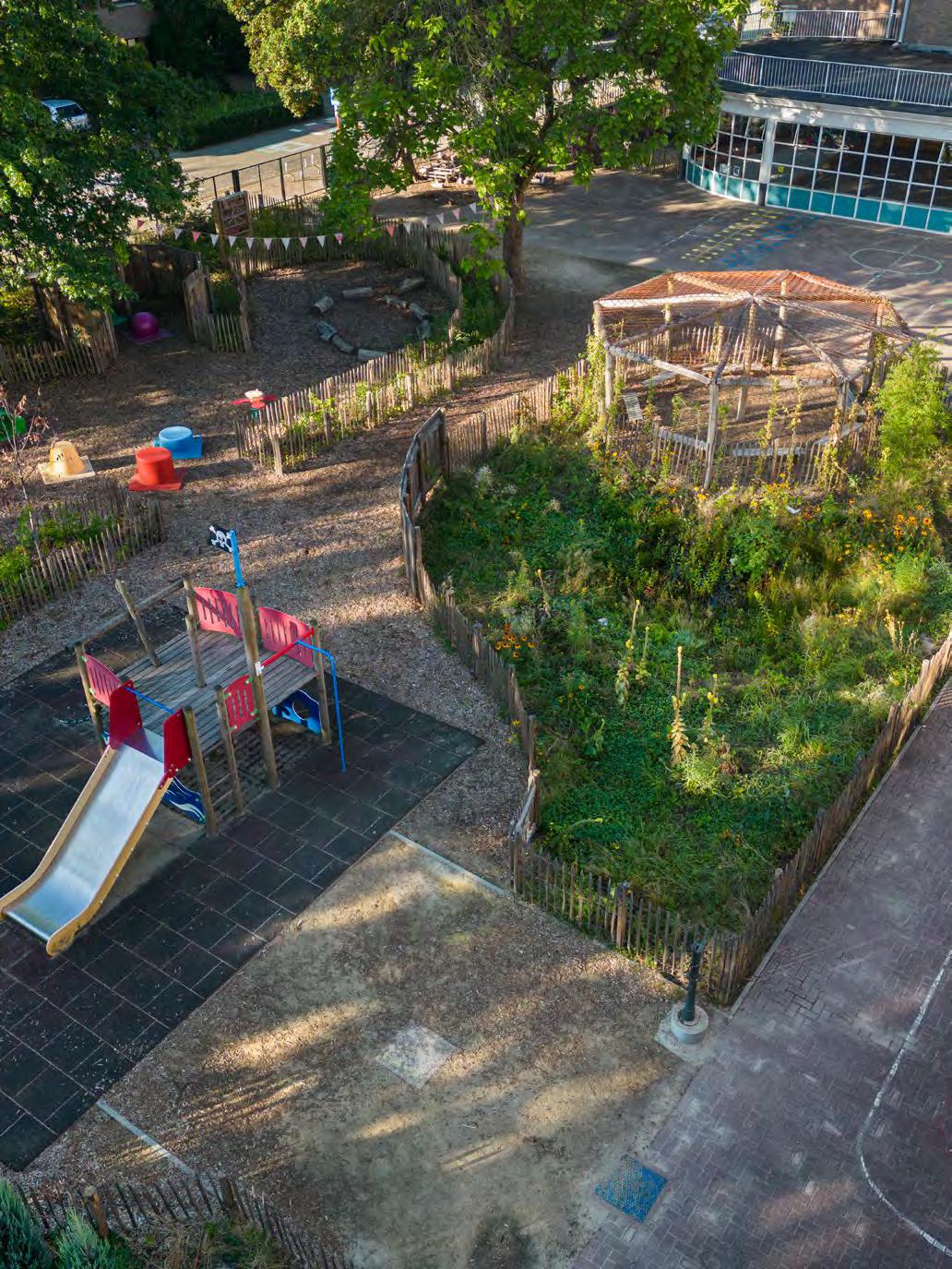 (Campus Mozaïek, Hasselt)
(Campus Mozaïek, Hasselt)
Are you part of a school? As a teacher, a staff member, a parent? And do you also understand the merit of going green? Then go for it! Put it on the agenda, inspire people, lead the way. Do it for our children, now and later.
Or do you have a supporting role in the school? Encourage and help greening “your” schools.
It is important to know that you’re not alone in this journey. Seek collaboration with like-minded people because together, you are stronger. Build a local network with other schools, colleagues from your own team or designers. Or get politicians involved. Looking for an international network? Join the International School Grounds Alliance.
Globally, we feel that education can be closer to our human nature, and that - by restoring nature contact - we take care of our health and a brighter future. Let’s do it, together.
International School Grounds Alliance
www.internationalschoolgrounds.org
Provinciaal Natuurcentrum
www.provinciaalnatuurcentrum.be
The deputation of the Provincial Council of Limburg: Jos Lantmeeters, governor-president Inge Moors, Bert Lambrechts, Igor Philtjens, Tom Vandeput, deputies, and Wim Schoepen, county clerk
Coordination
Hilde Boiten – MOS/Provinciaal Natuurcentrum, Genk
Concept, content and text
Hilde Boiten, Karel Coenen, Bieke Geukens, Greet Gommers, Johan Lambrix, Philippe Plessers and Geertje Ramaekers – MOS/Provinciaal Natuurcentrum, Genk
Final editing and copywriting
Evi Maquoi – ZINNIG, Hasselt
Translation
Birgit Roosen – MaatAdvies, Lanaken, Sigrid Plessers
Photography
Robin Reynders – Information and Communication, provincie Limburg
Design
Dion Boodts – Information and Communication, provincie Limburg
Drukkerij Chapo, Hasselt
Paper
Holmen TRND 2.0, 70 gr.
G-Print, 115 gr.
Sirio Color, Floglia / Royal Green, 140 gr.
Font Bradford, Bradford Mono
Edition
300 copies
D/2024/5.857/01
Publisher
Jan Mampaey – Provinciaal Natuurcentrum, Craenevenne 86, 3600 Genk
Info
www.internationalschoolgrounds.org
www.provinciaalnatuurcentrum.be (Dutch)
Thanks to
Prof. Ph.D. Ferre Laevers (Expertise Centrum
Ervaringsgericht Onderwijs, KU Leuven)
Prof. Ph.D. Michelle Plusquin and Lore Verheyen (UHasselt, Diepenbeek)
Joris Verhees (Provinciaal Natuurcentrum, Genk)
Pupils Feelien, Maxim, Nate and Rebecca (Freinetschool De Mijlpaal, Tongeren)
Sarah Candreva (Freinetschool ’t Perenboompje, Peer and Leefschool De Uitvlinder, Peer)
Gertie Berghmans (author “Op stap met de bosjuf”), Ingrid Coenen (Provinciaal Natuurcentrum, Genk) and Kristel Houben (GBS As) – “Rummaging in nature”
Laura Degreve (Kindcentrum Straal, Hasselt)
Elly Maris (KS PAleiS, Diepenbeek)
Robbe Ottoy (Atlascollege, Genk)
Jeroen Rappé and Paulien Vanhauwere (Tree-Hive, Borgloon)
Tom Tessens (BuSO KIDS, Hasselt)
Lore Vrolix (Level X, Hasselt)
Schools: Ervaringsgerichte Methodeschool
Wonderwijs Alken, GBS As, Biotechnicum Bocholt, KS PAleiS Diepenbeek, Atlascollege Genk, VBS
Boxbergheide Genk, Groeicampus BuSO Genk, KS De Robbert Hamont-Achel, Het Atheneum
Hasselt, BuSO KIDS Hasselt, Kindcentrum Straal
Hasselt, Level X Hasselt, Campus Mozaïek Hasselt, BS Herx Herk-de-Stad, Het Opwermerke Hoeselt, Don Bosco Helchteren Houthalen-Helchteren, Methodeschool Ondersteboven Leopoldsburg, Freinetschool ’t Perenboompje Peer, ‘t Vlindertje
Velm Sint-Truiden, Freinetschool Het Wijdeland
Sint-Truiden, Freinetschool De Mijlpaal Tongeren, Jeugdland Tongeren, PBS Voeren
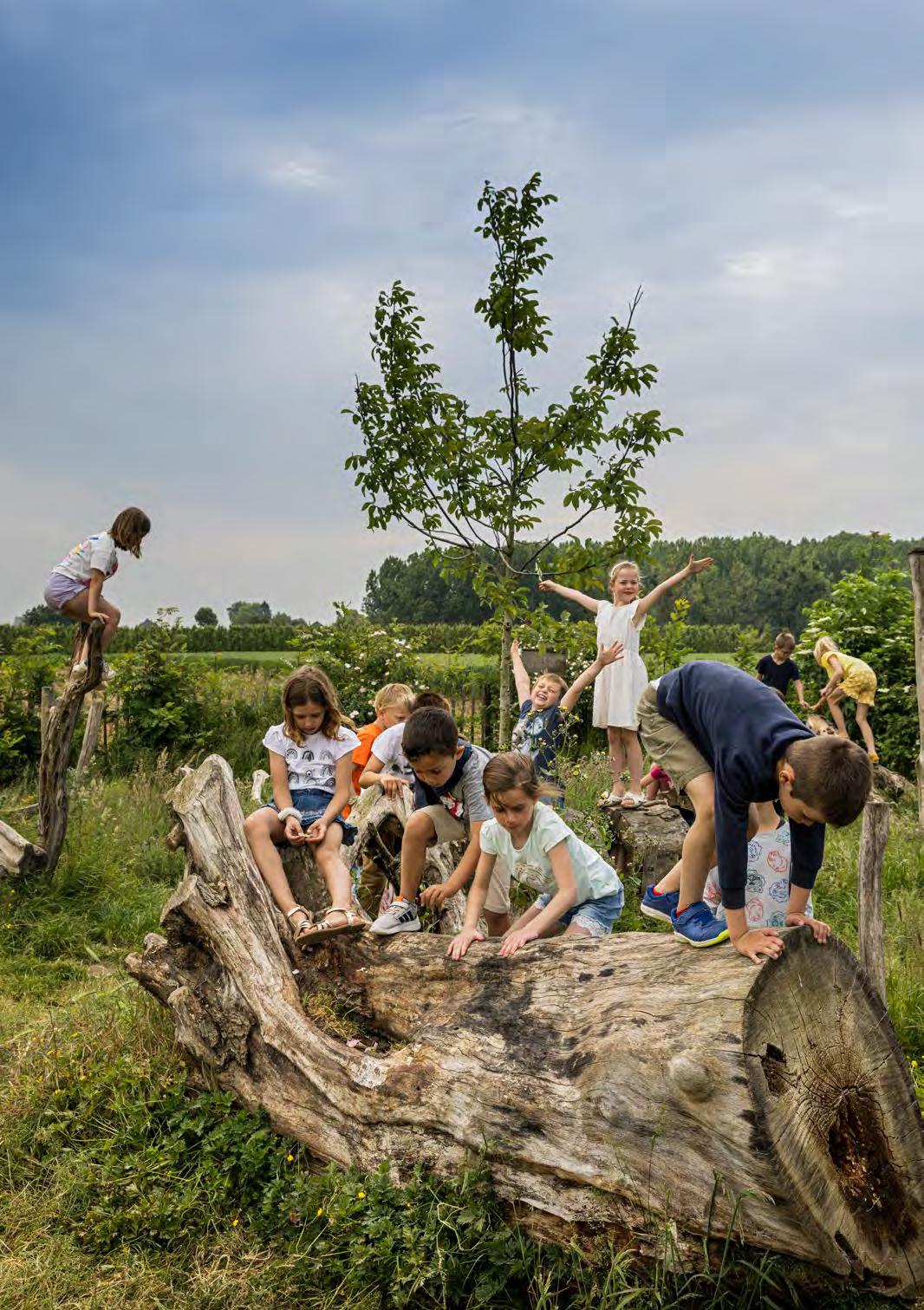

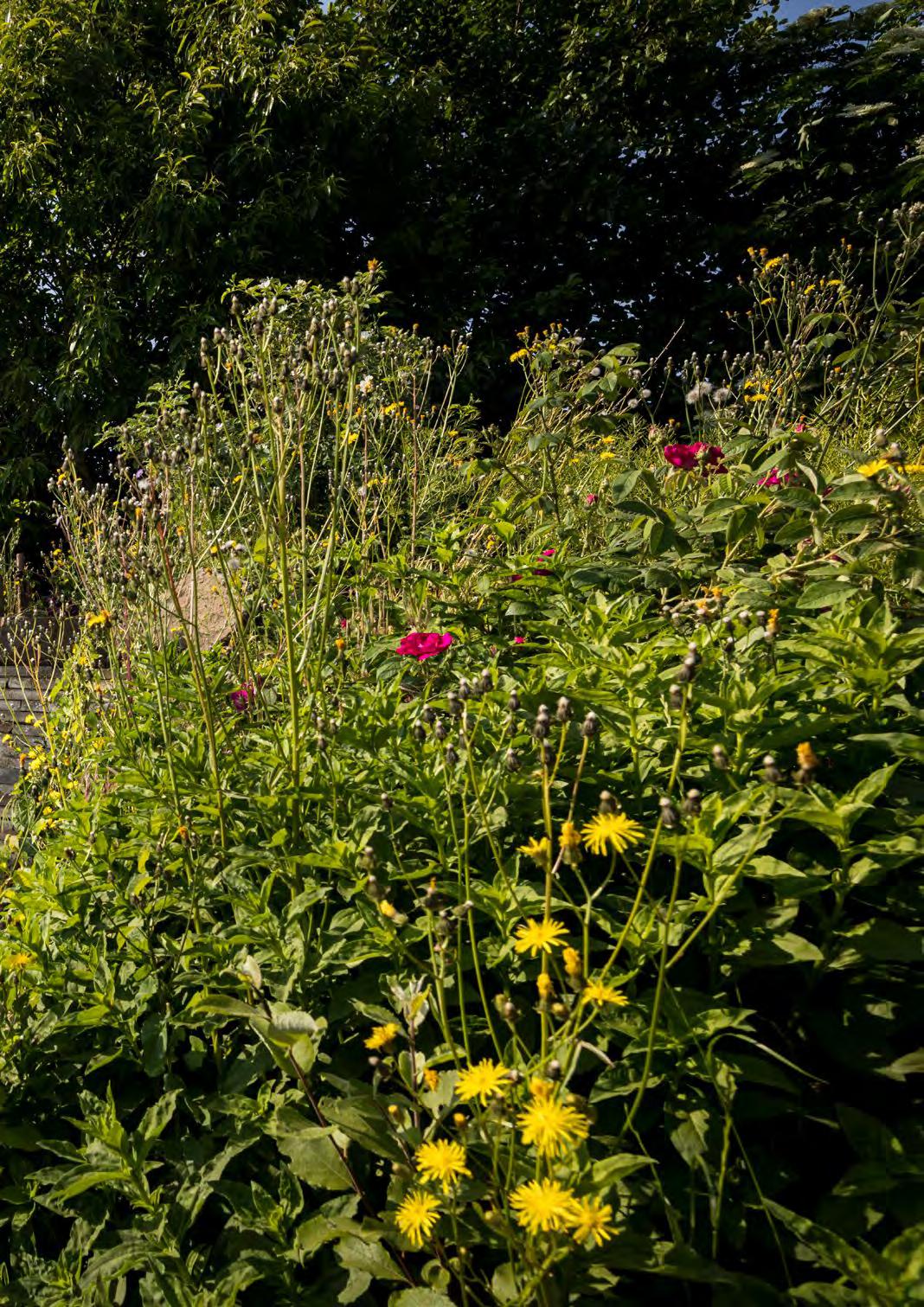
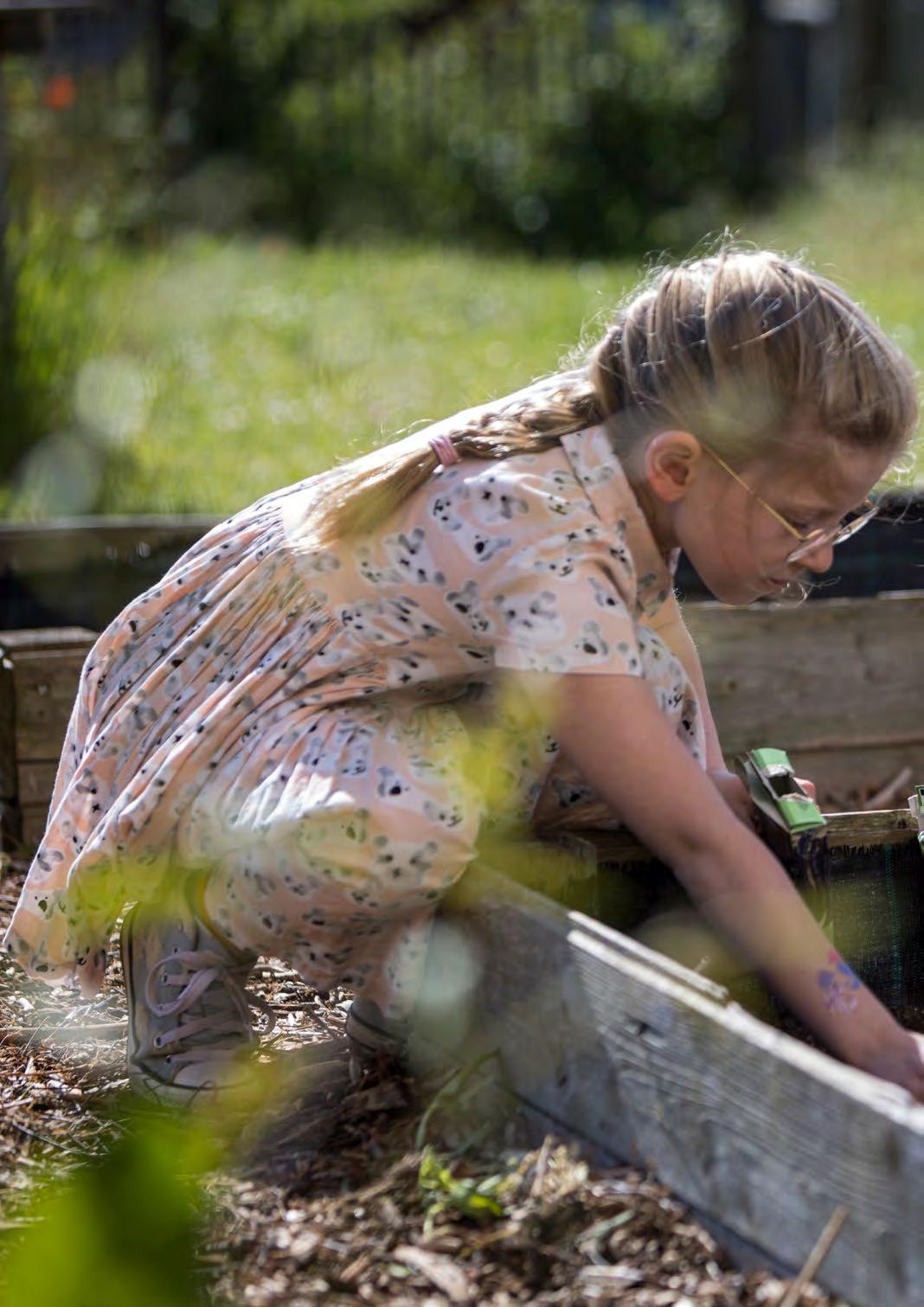

 (Freinet School ’t Perenboompje, Peer)
(Freinet School ’t Perenboompje, Peer)
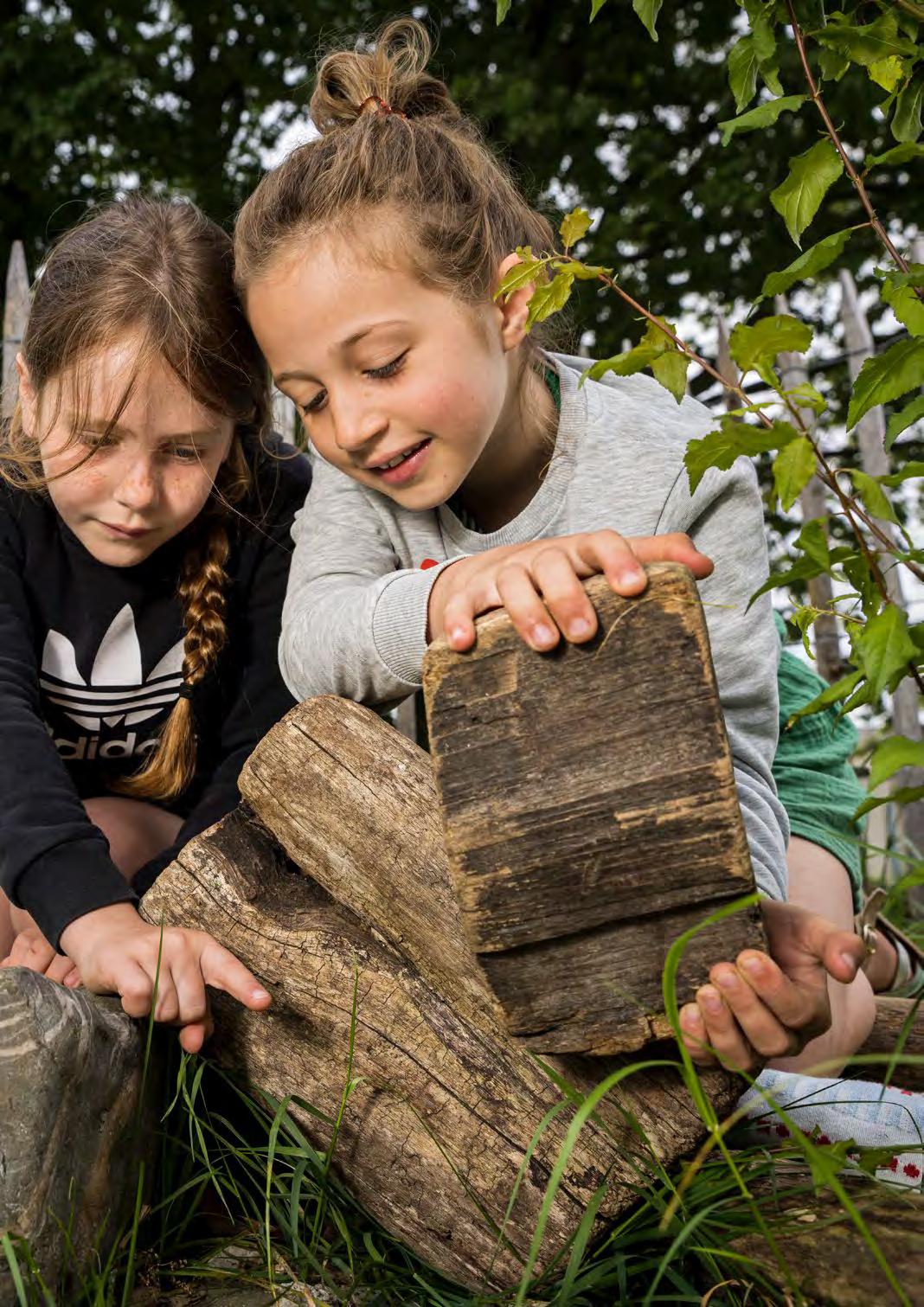
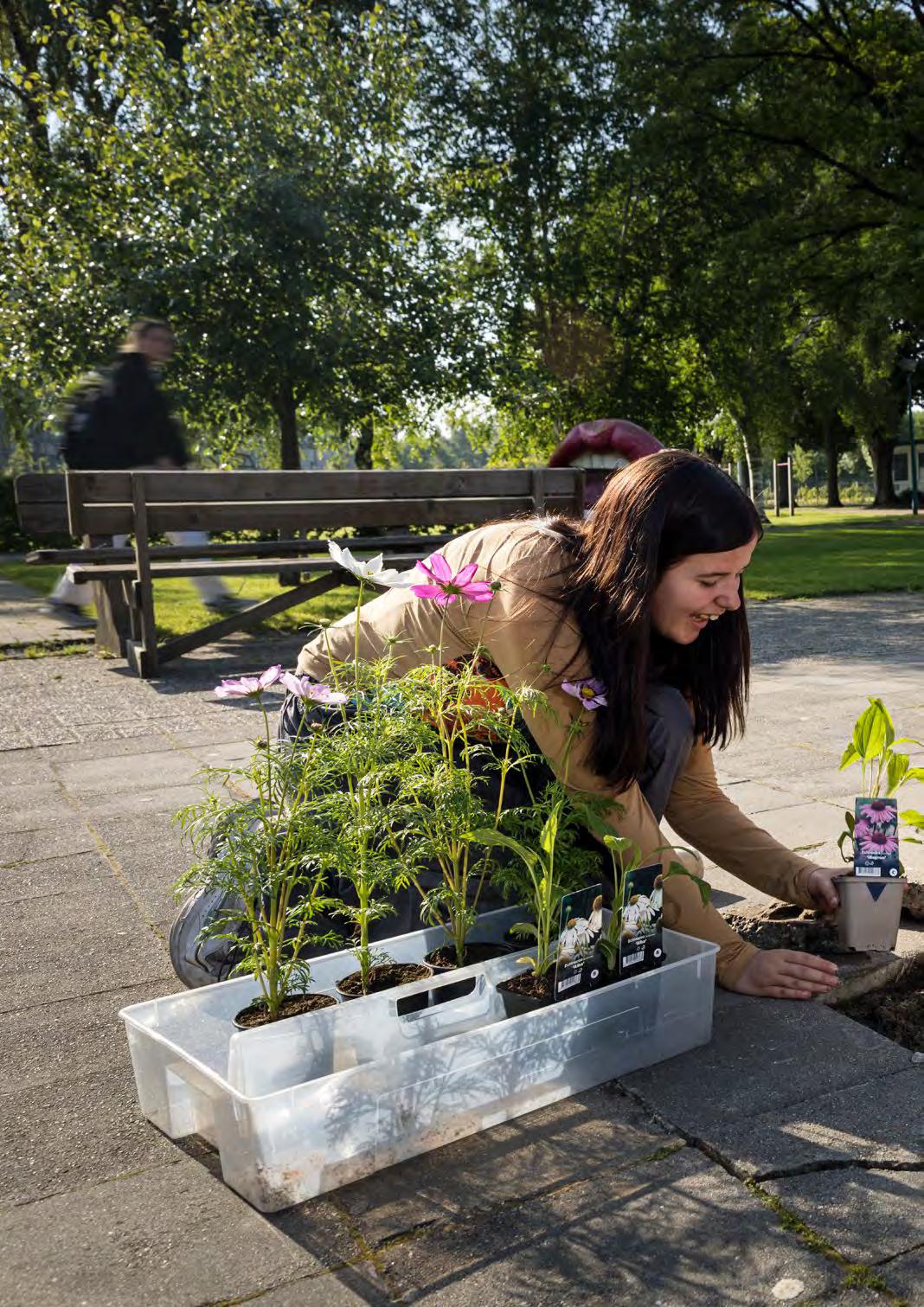
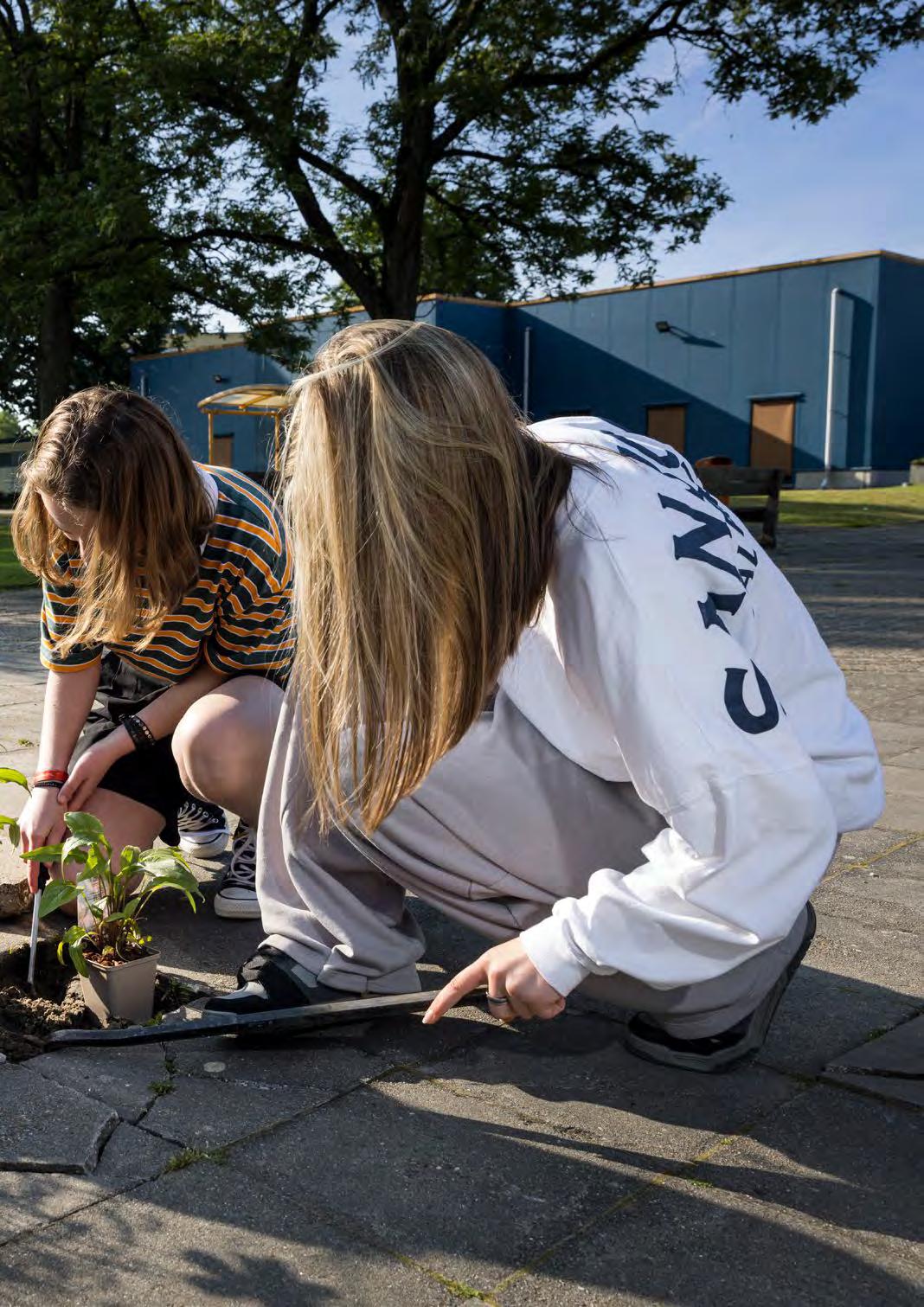
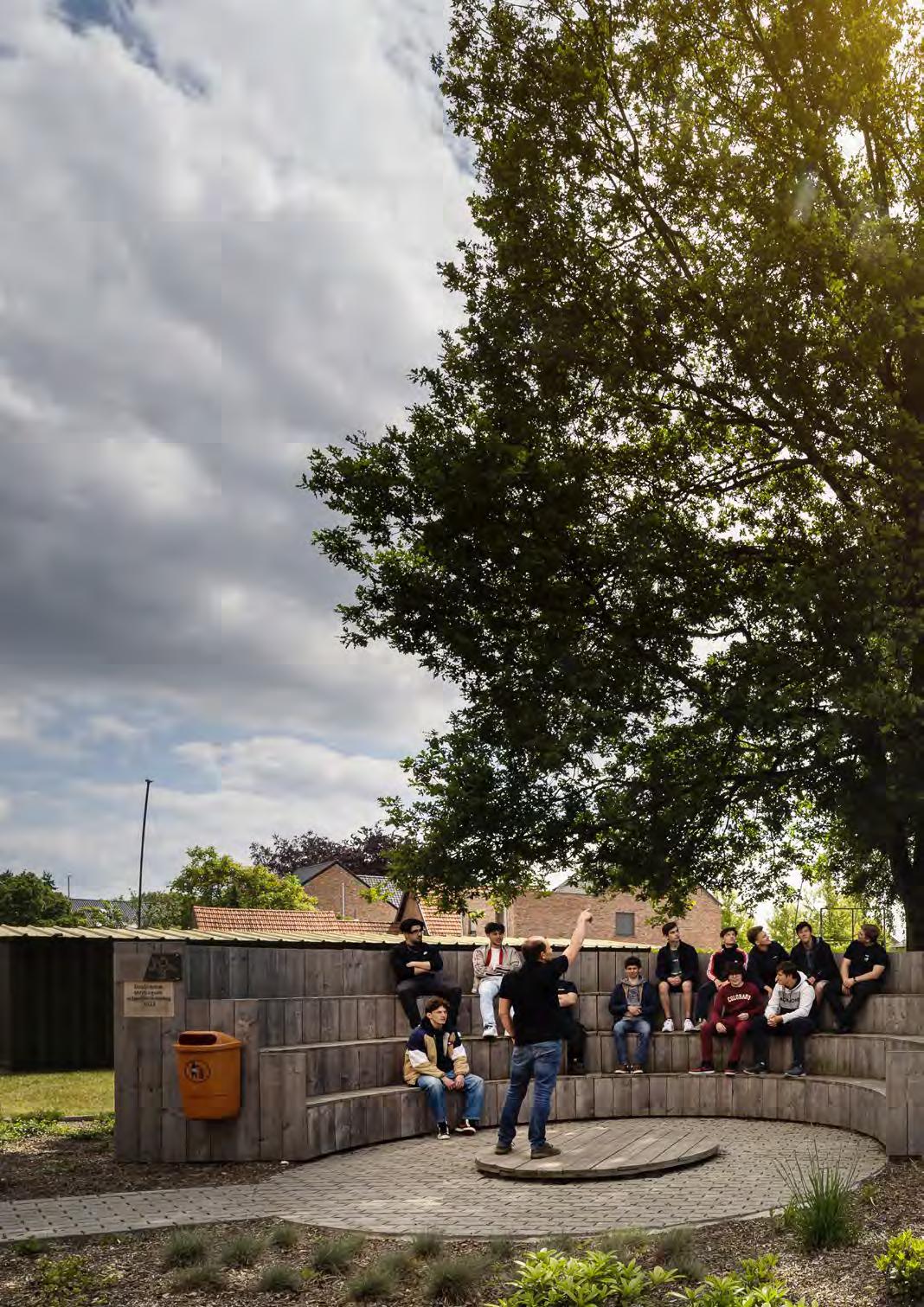 (Don Bosco Helchteren, Houthalen-Helchteren)
(Don Bosco Helchteren, Houthalen-Helchteren)
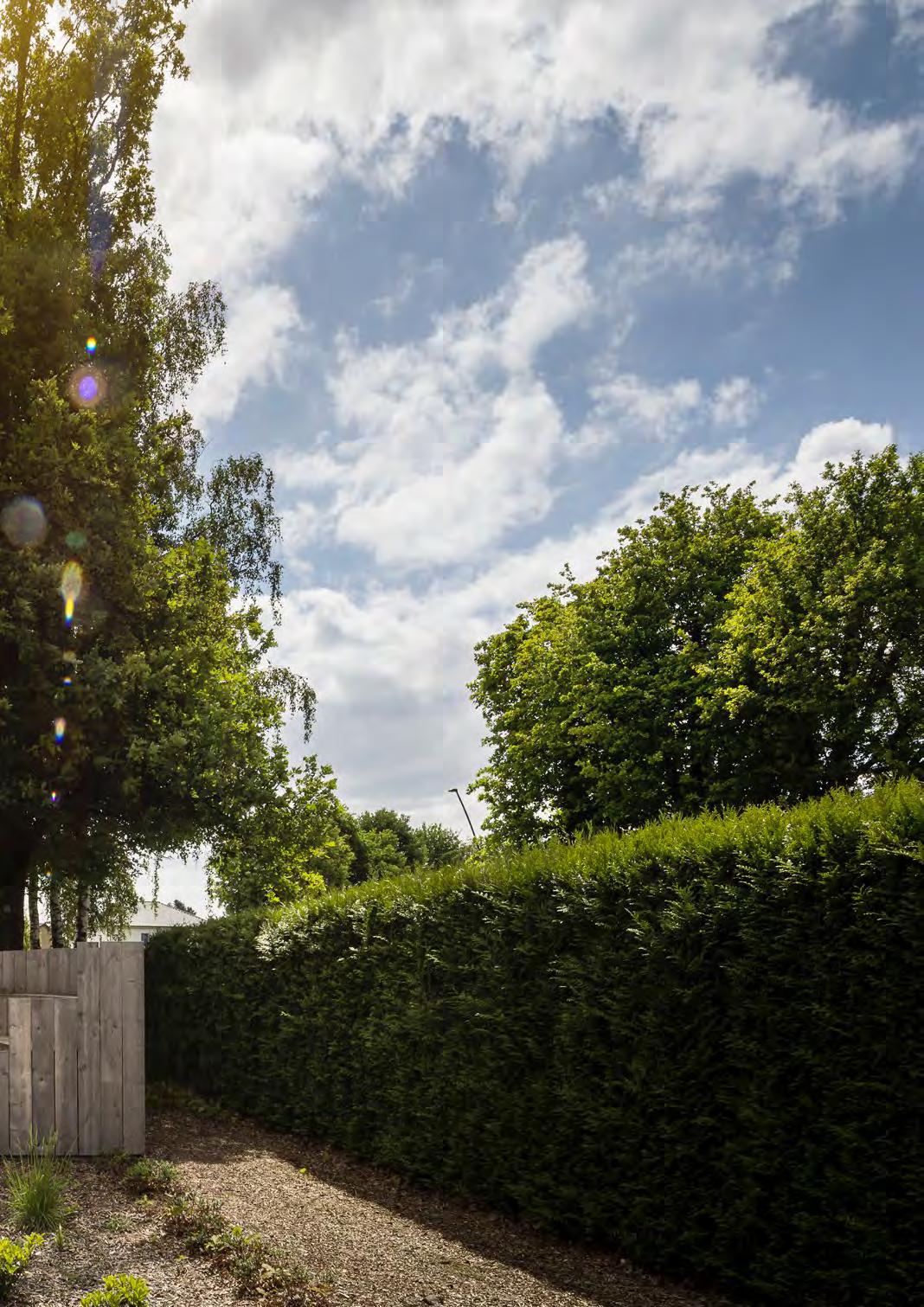
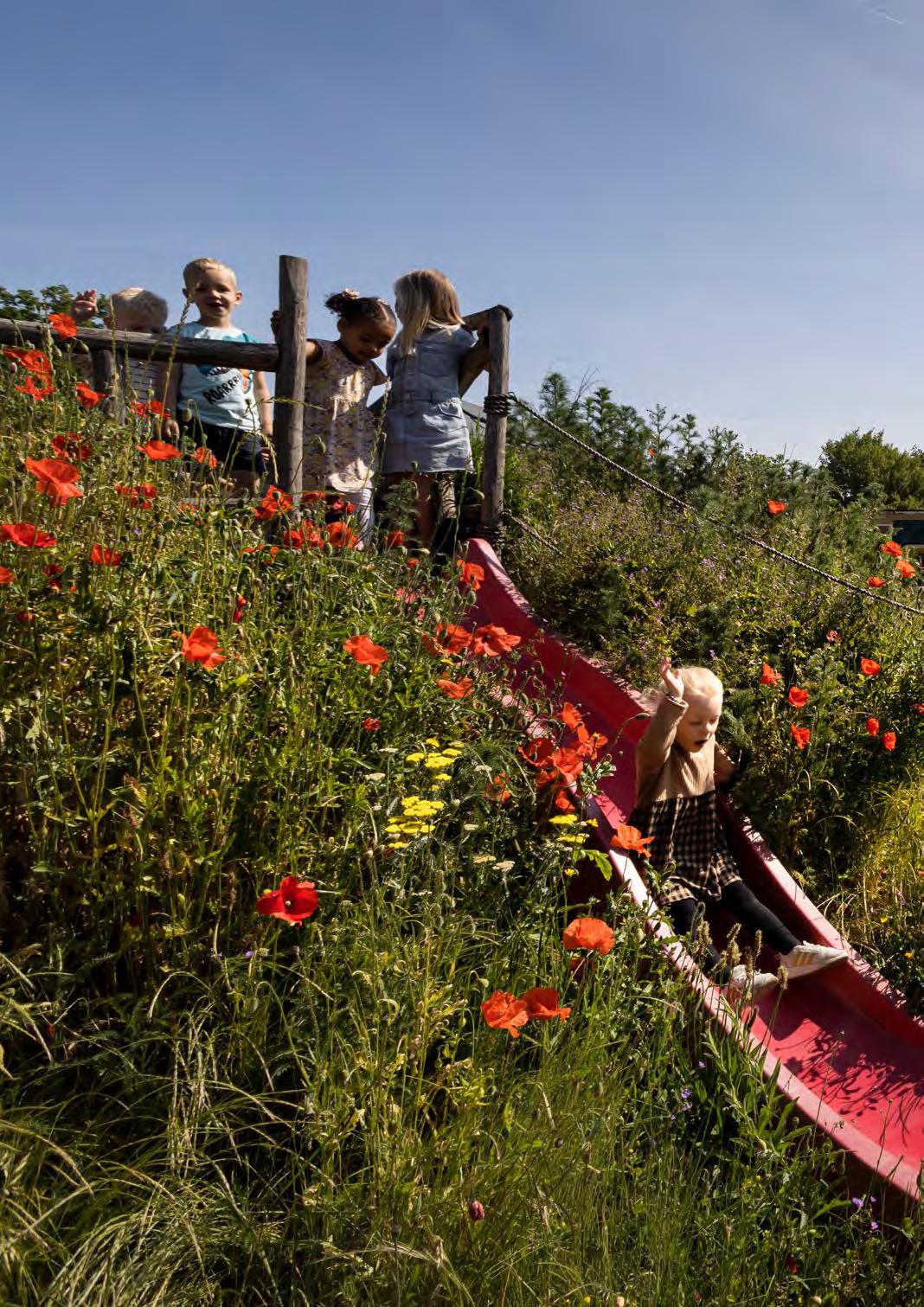 (Kindergarten De Robbert, Hamont-Achel)
(Kindergarten De Robbert, Hamont-Achel)

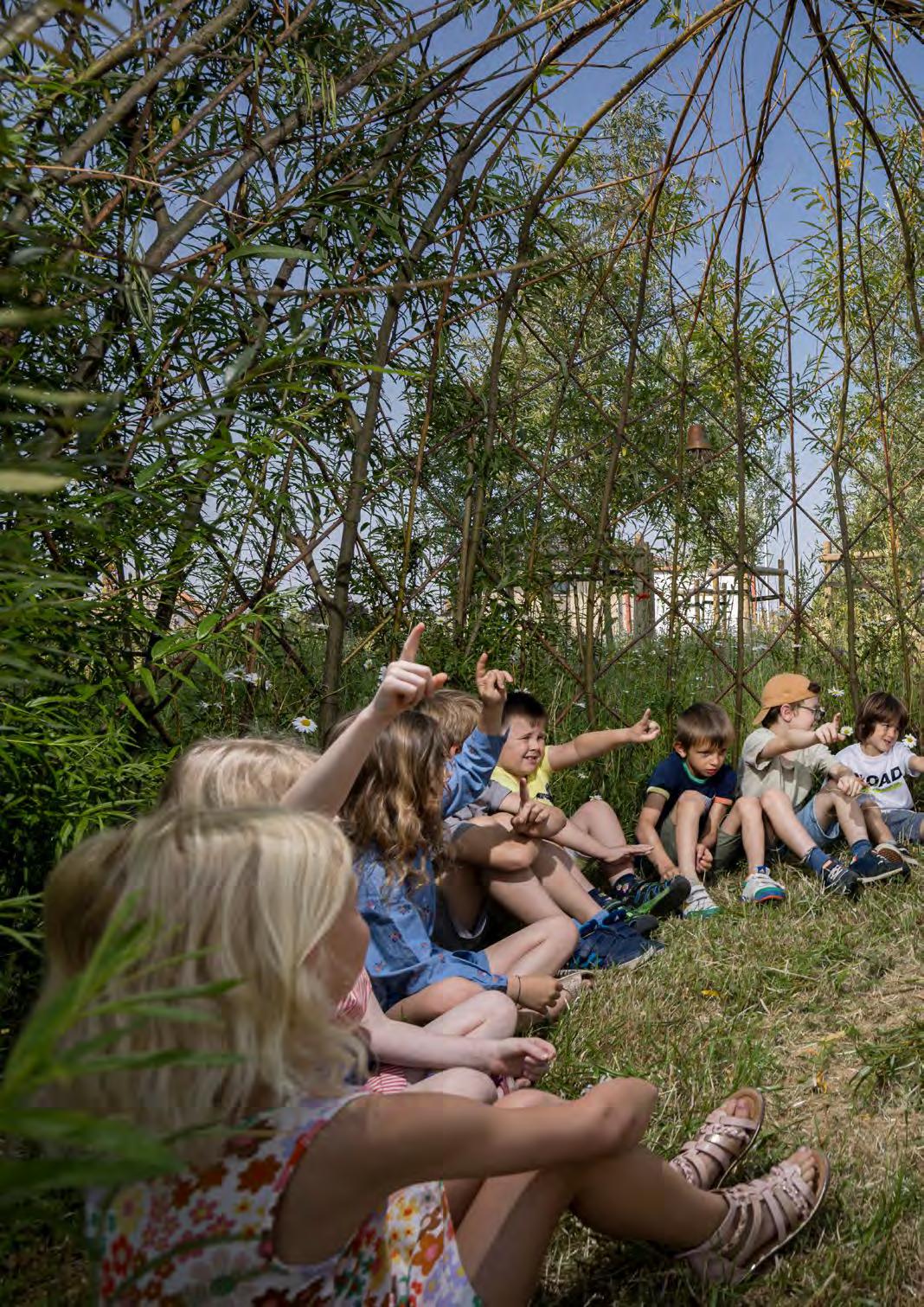

 (Kindergarten De Robbert, Hamont-Achel)
(Kindergarten De Robbert, Hamont-Achel)

